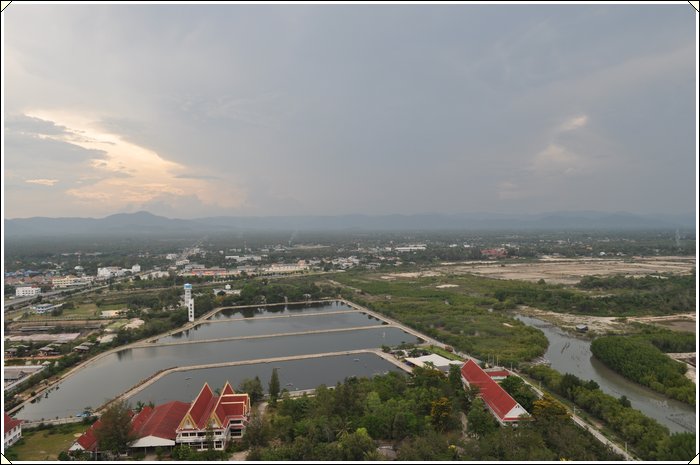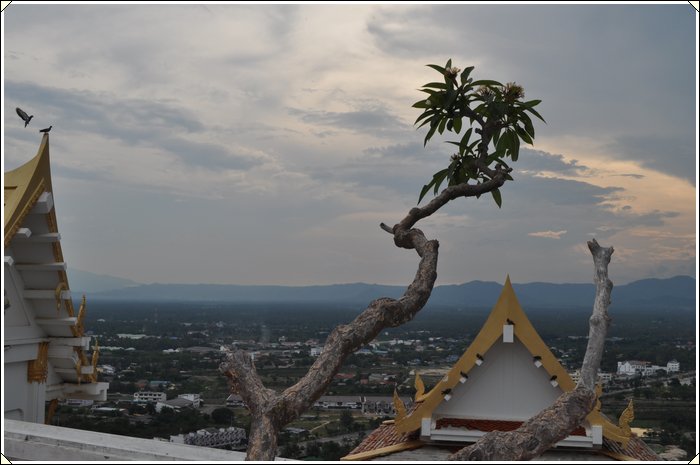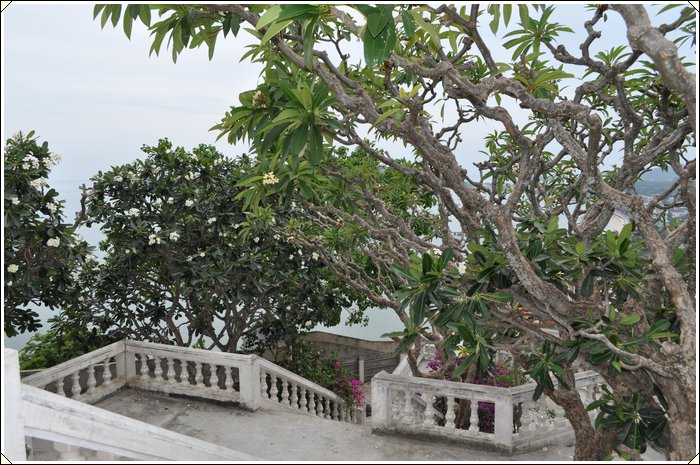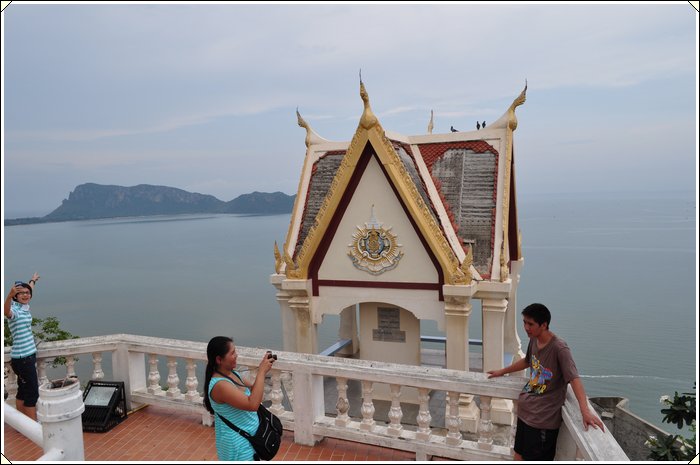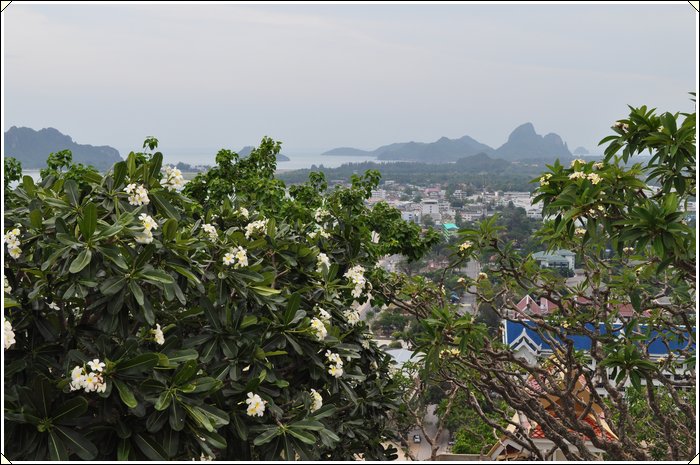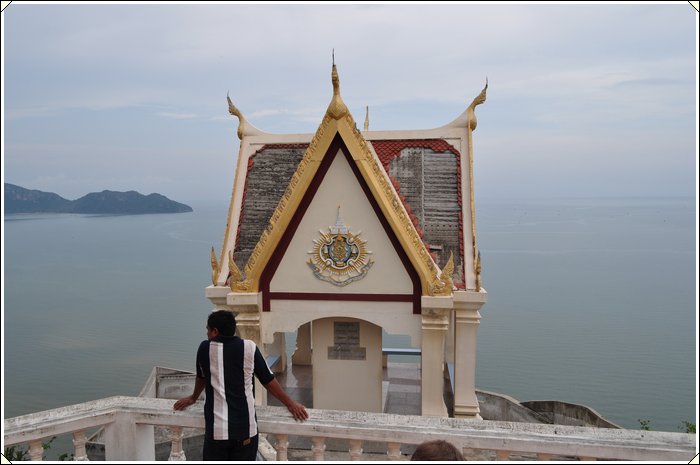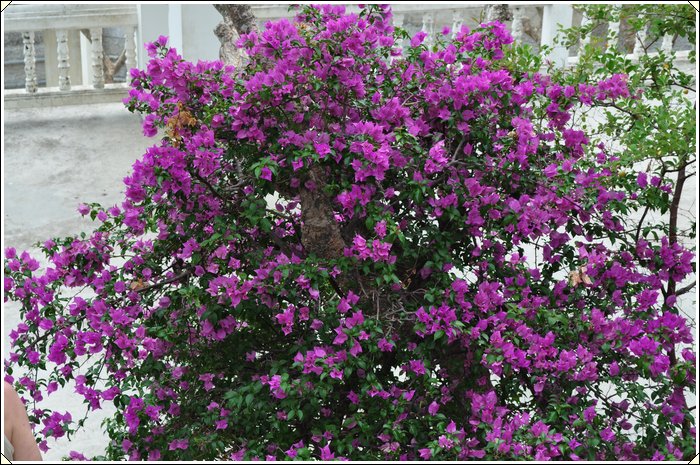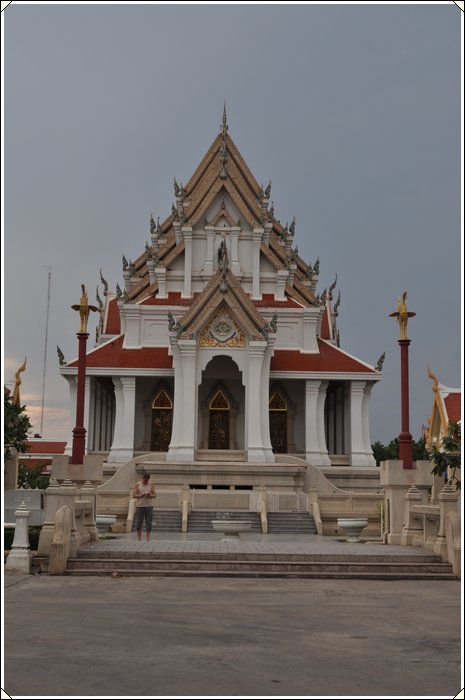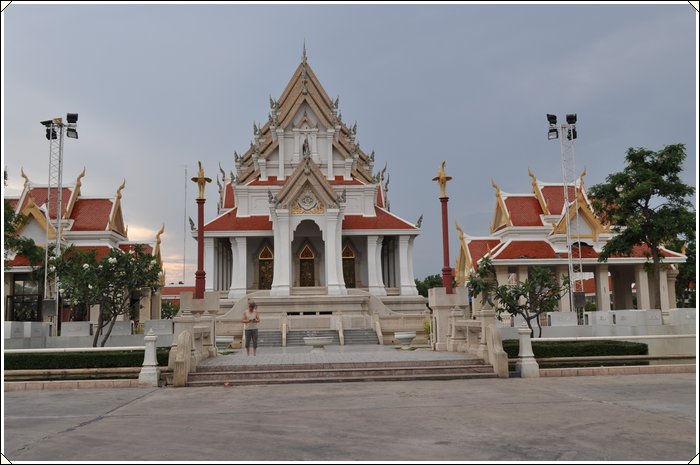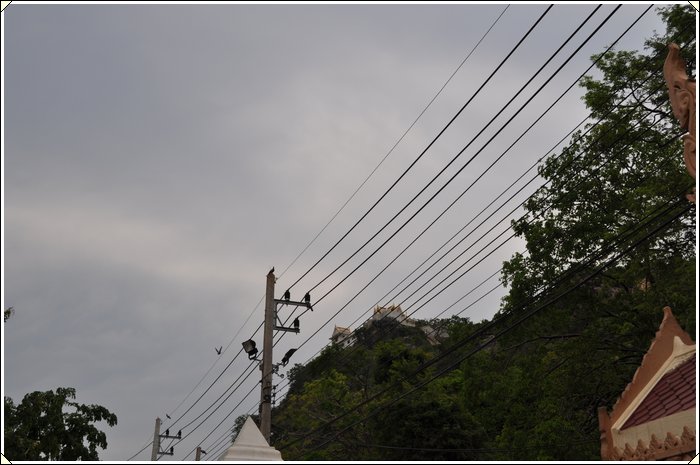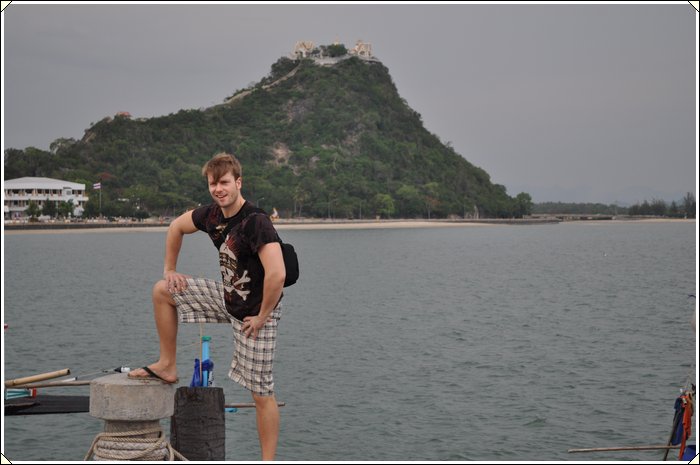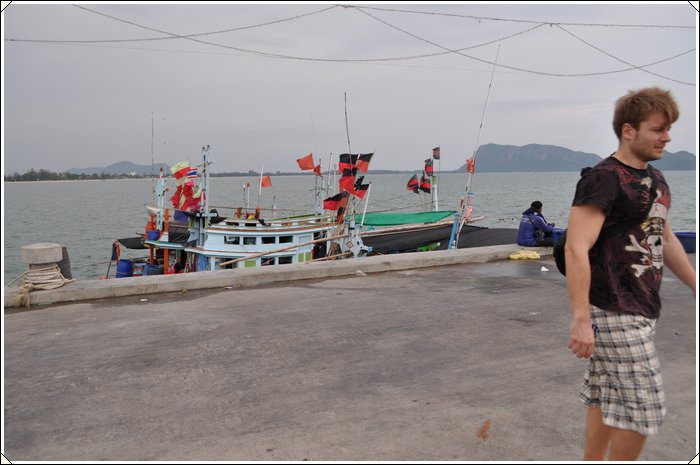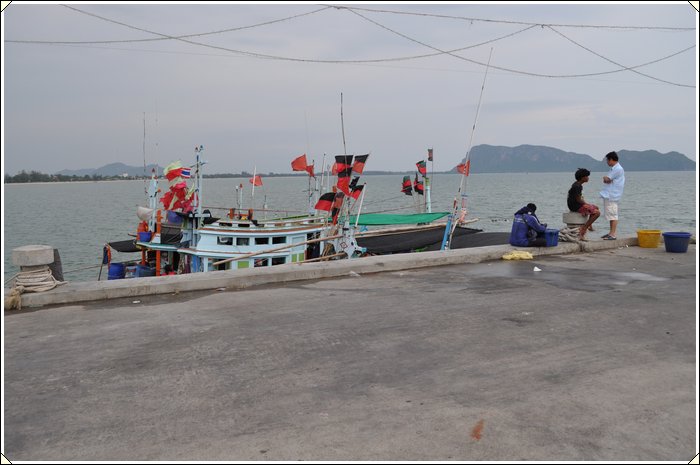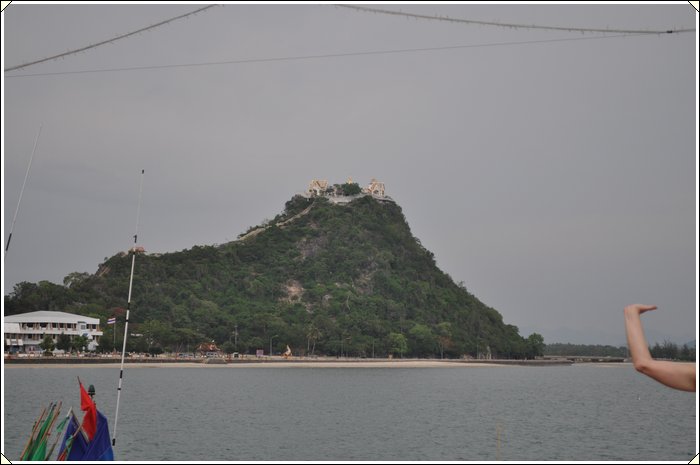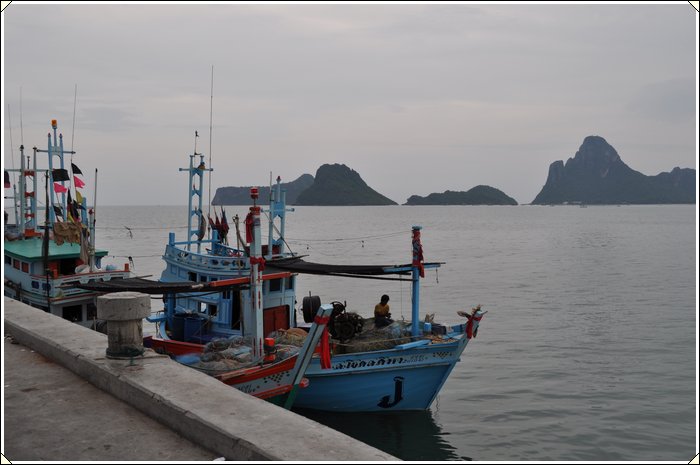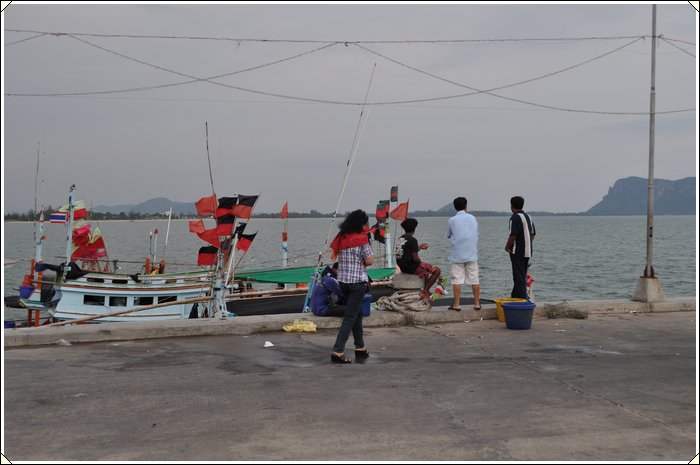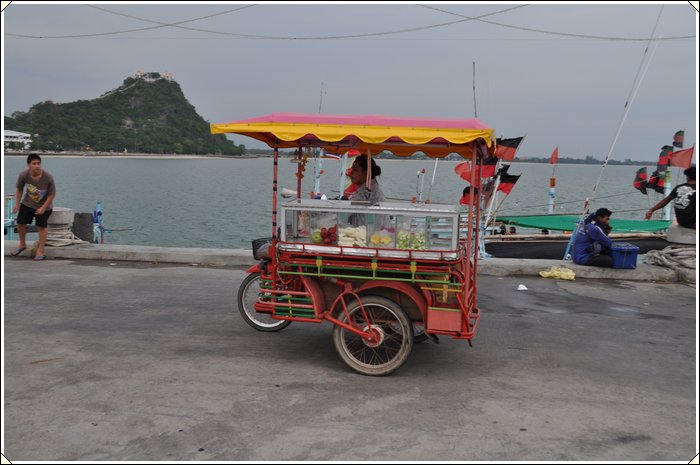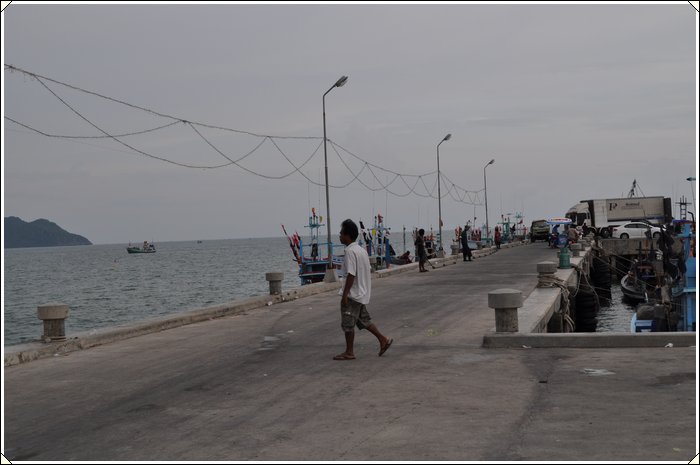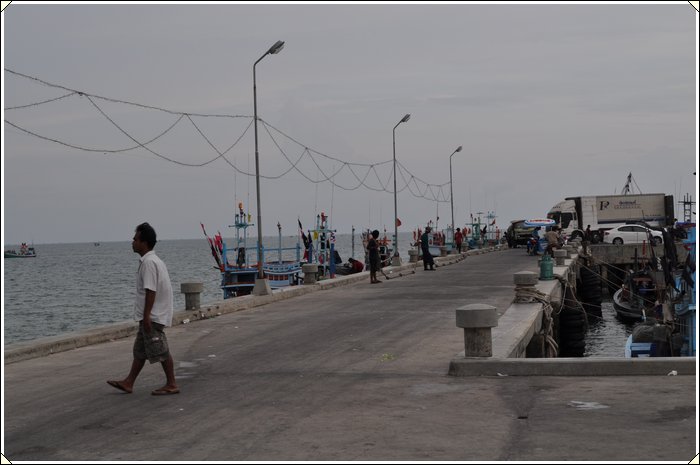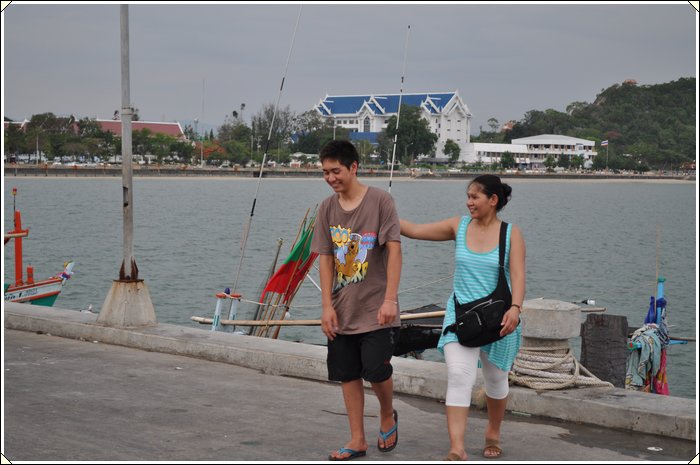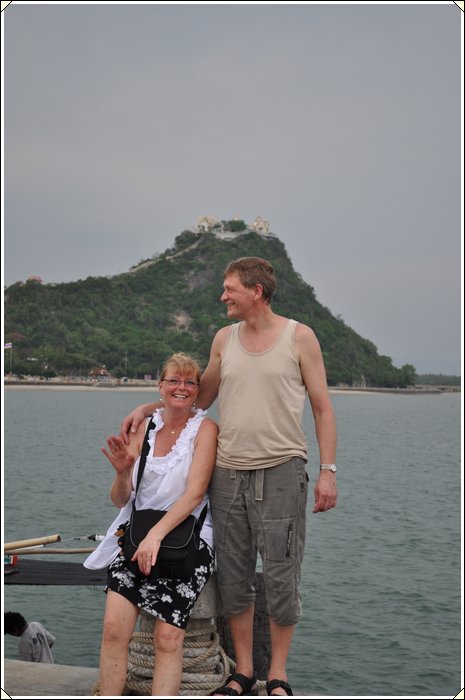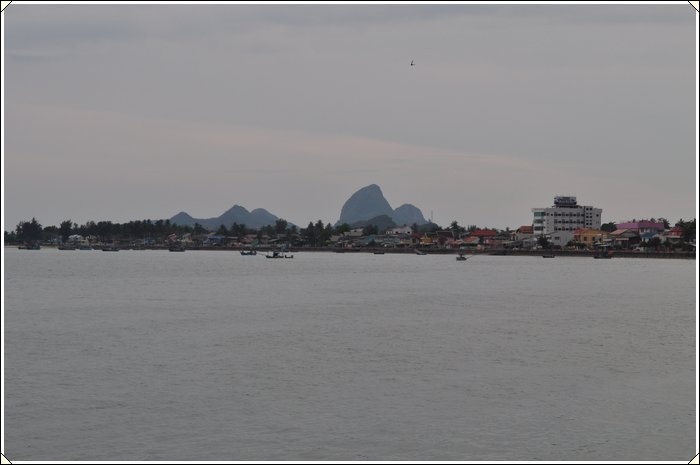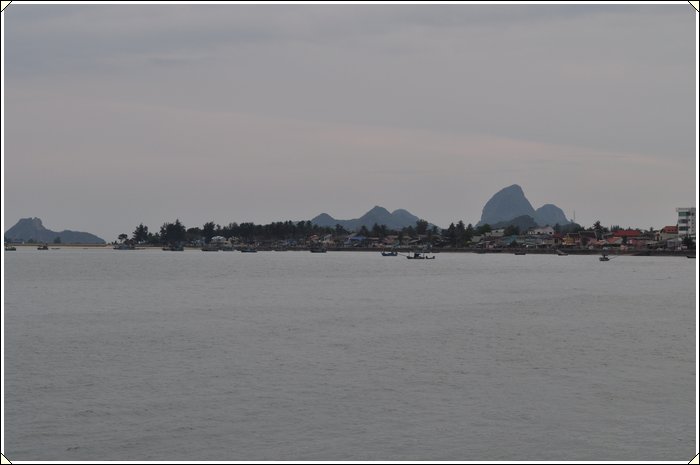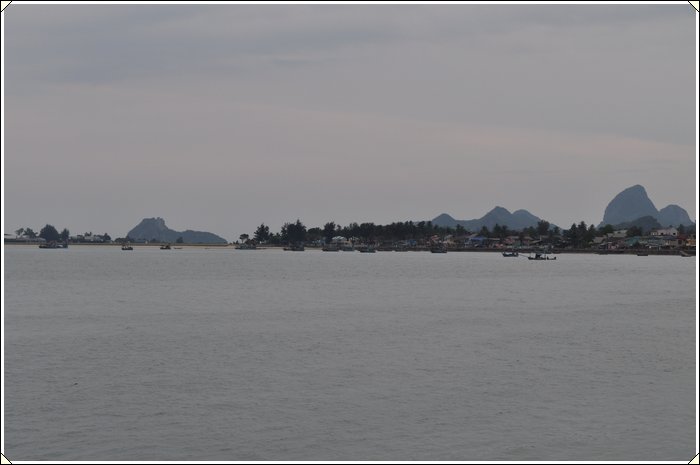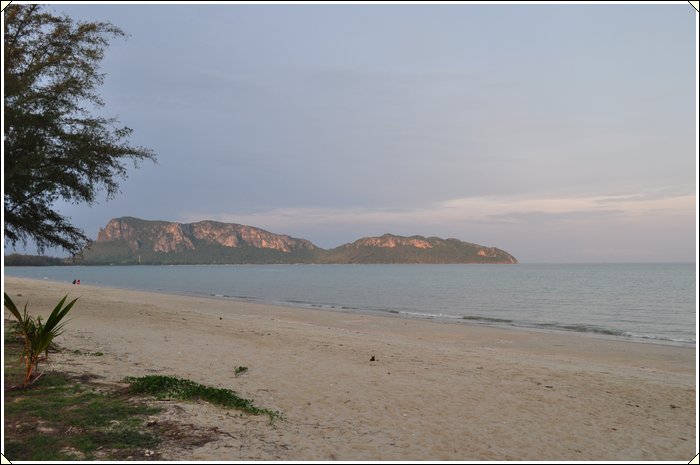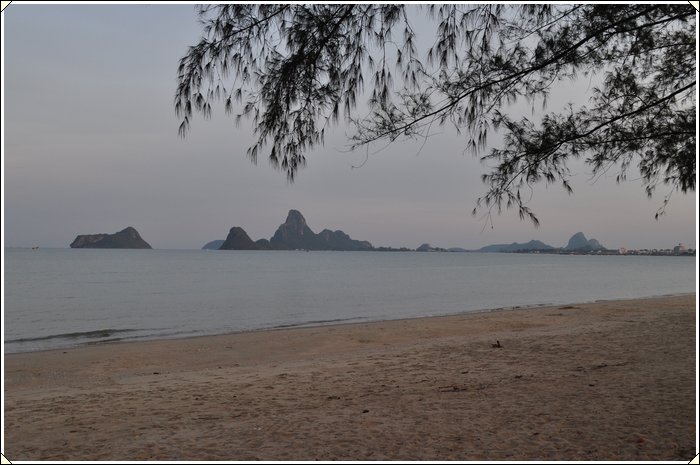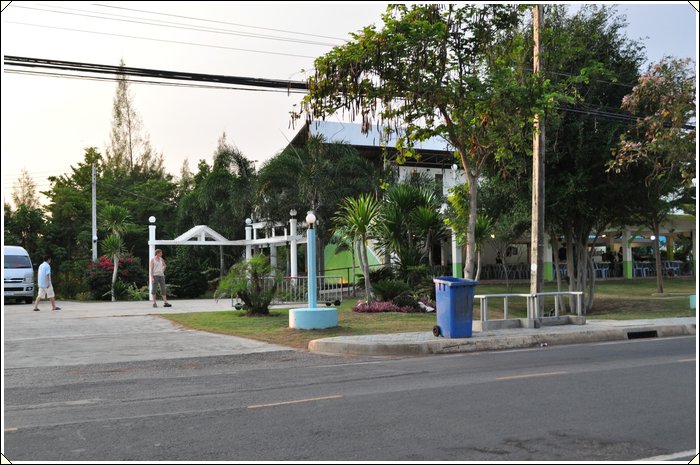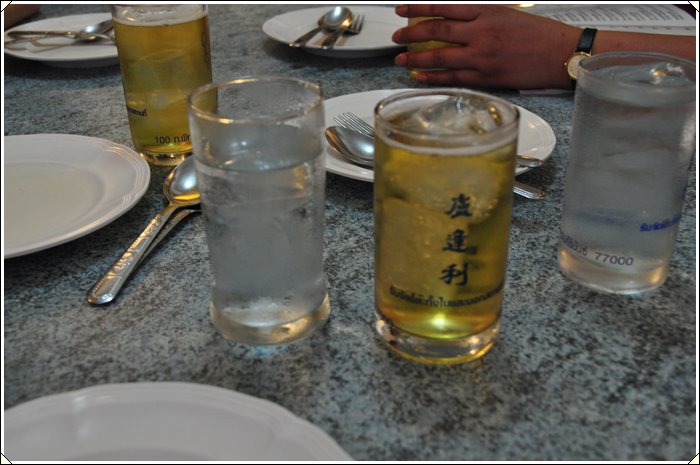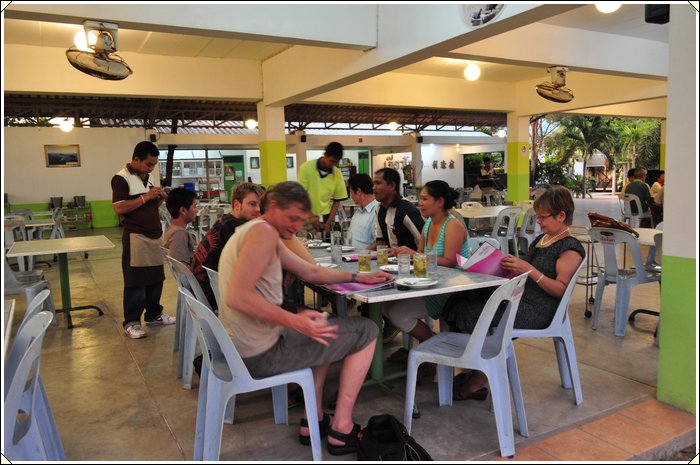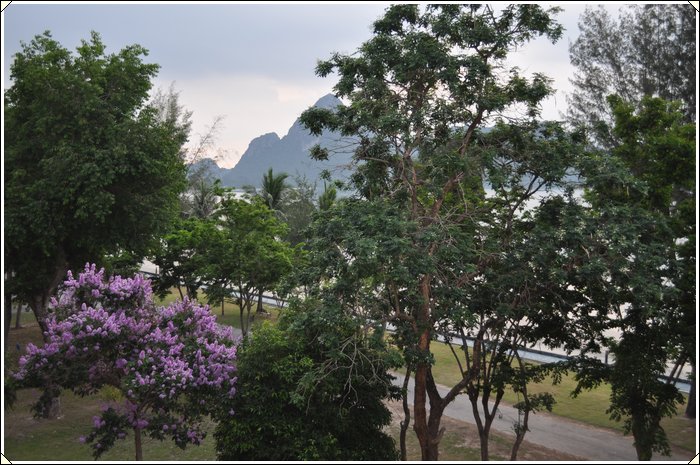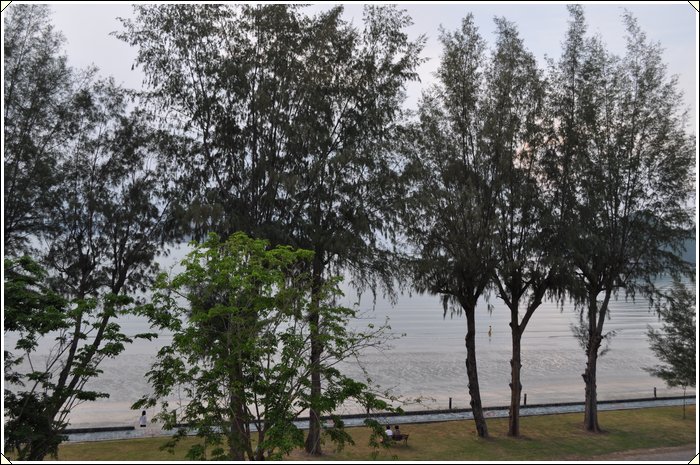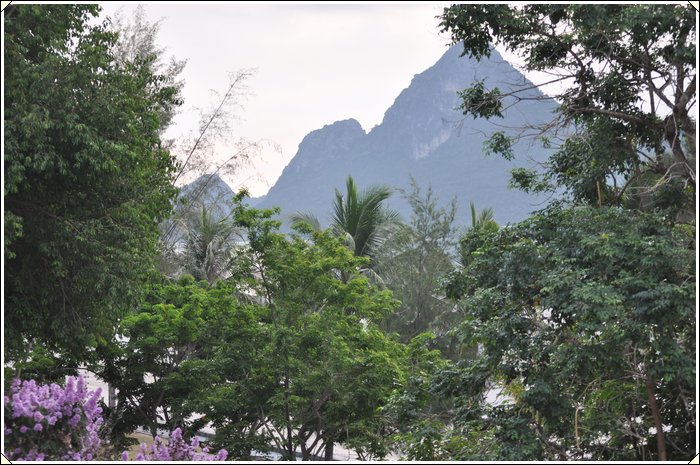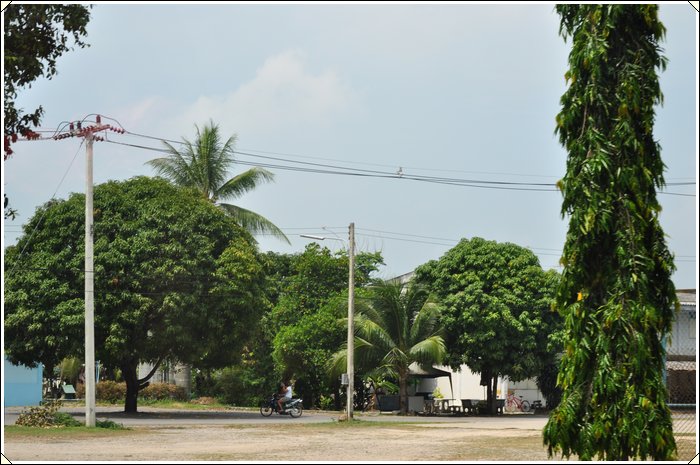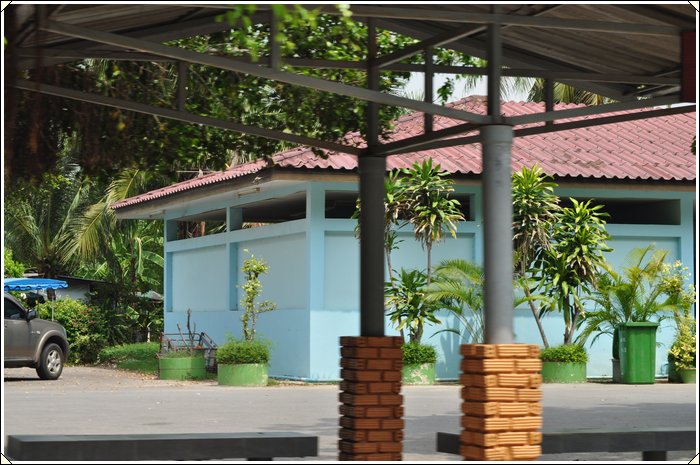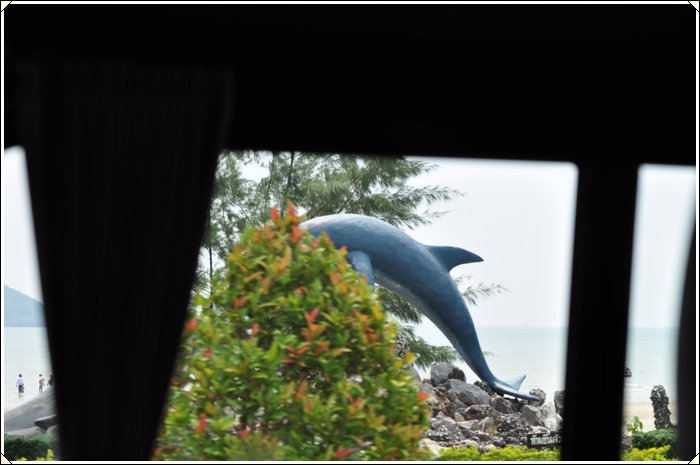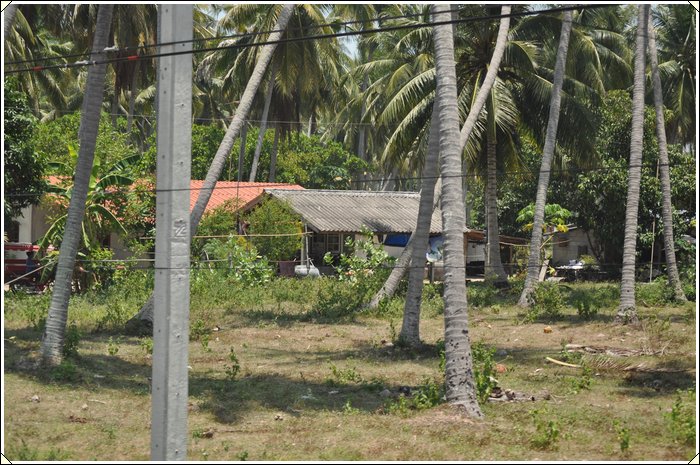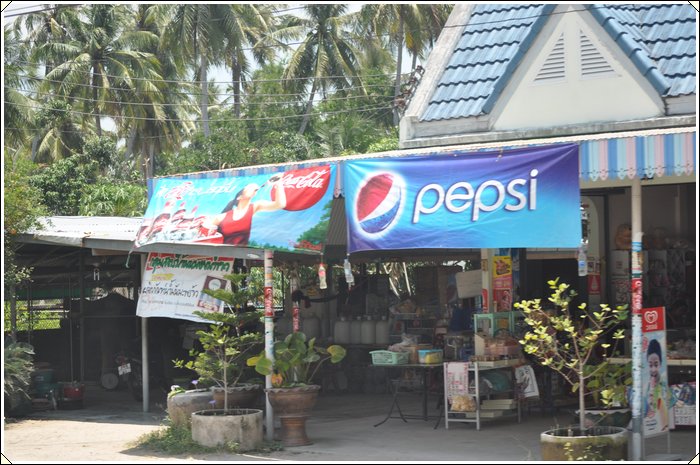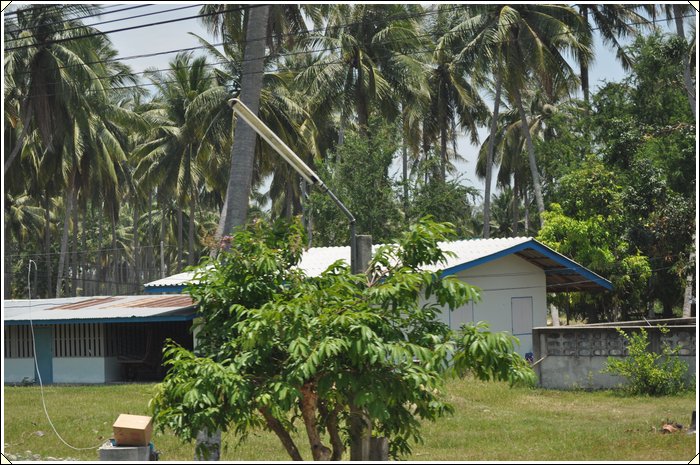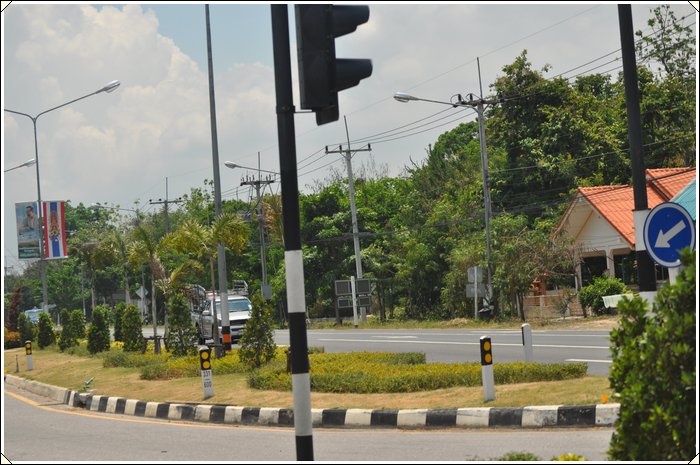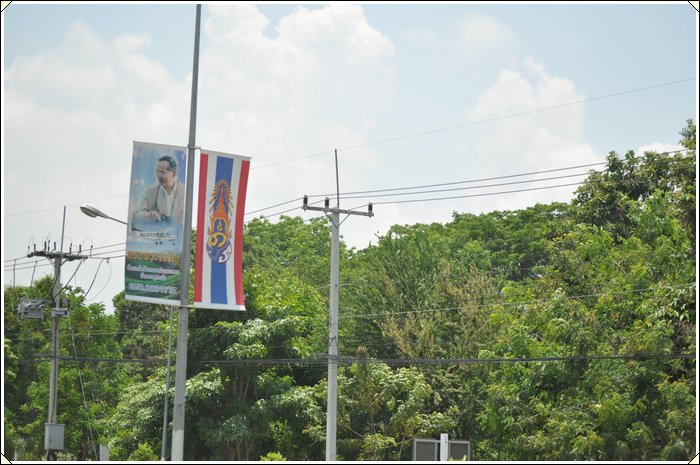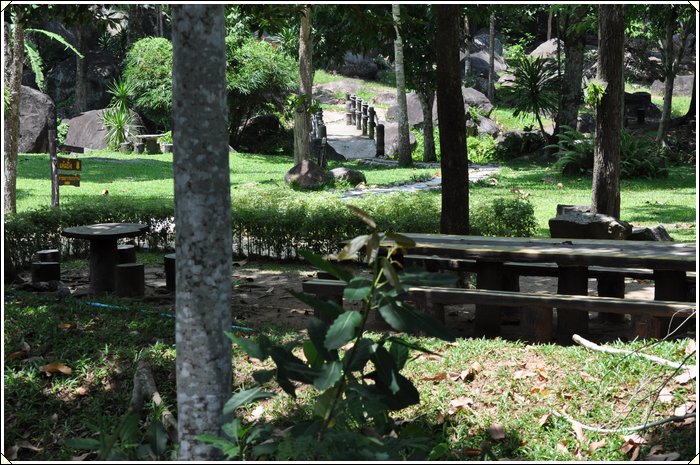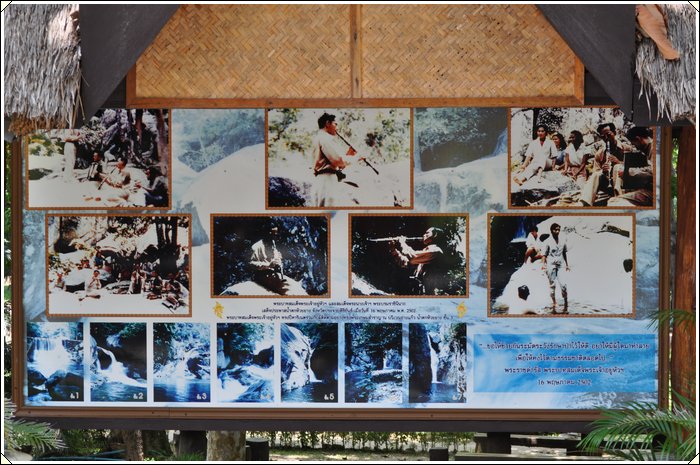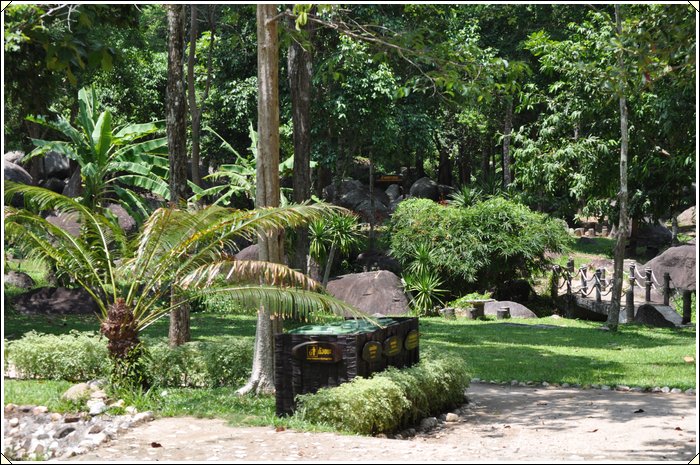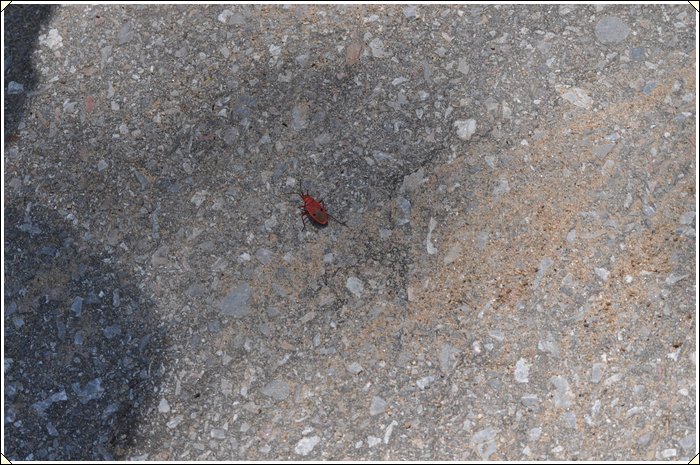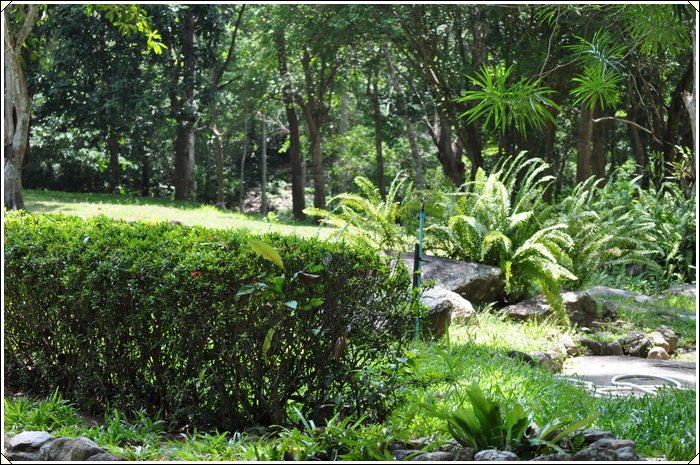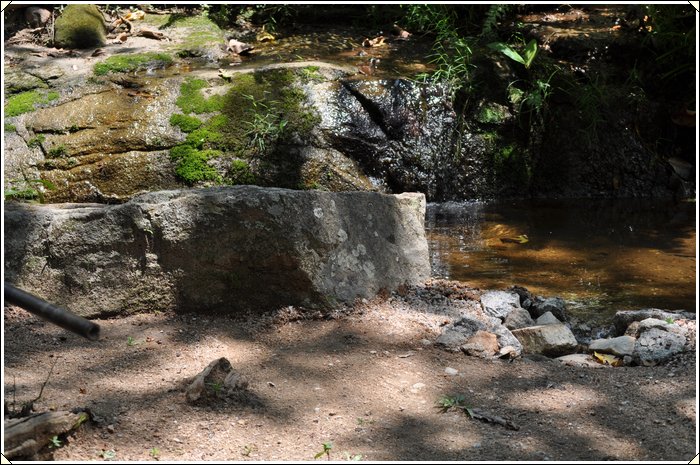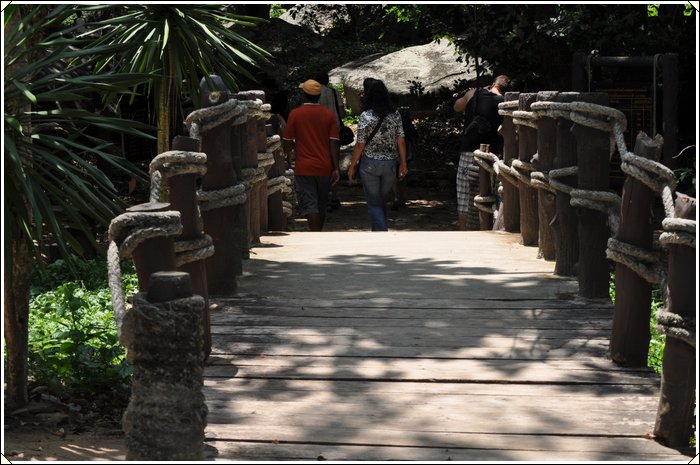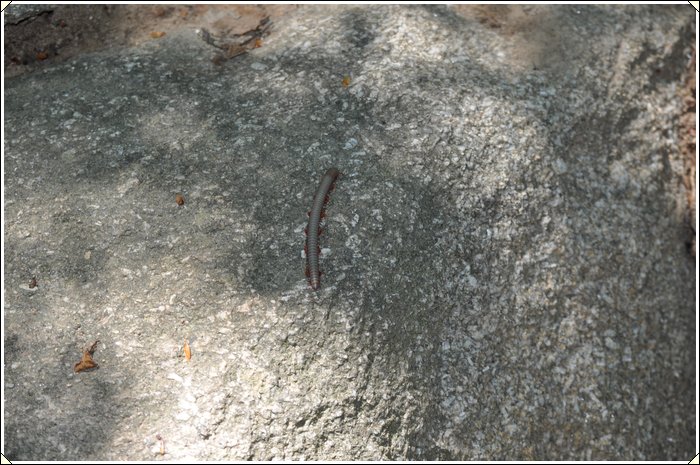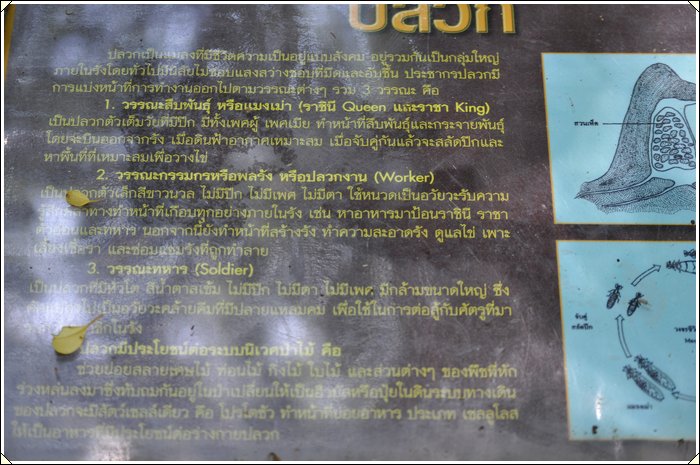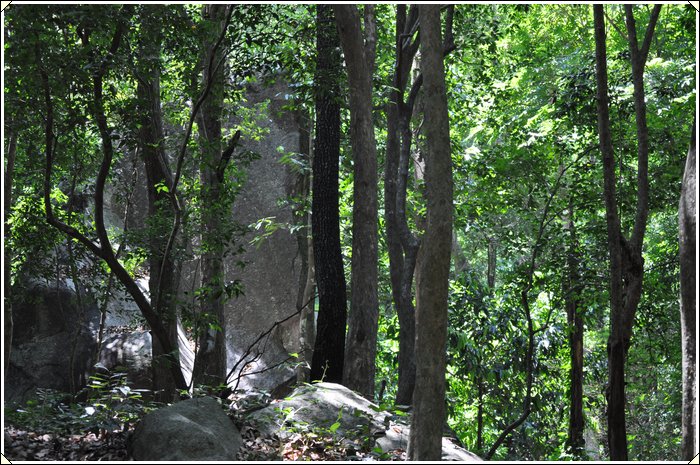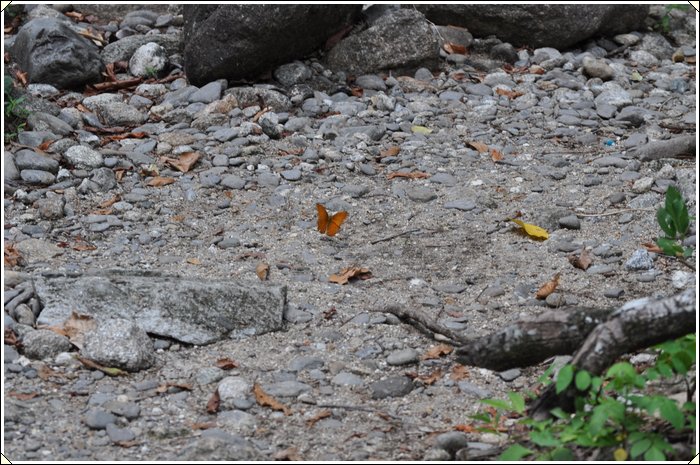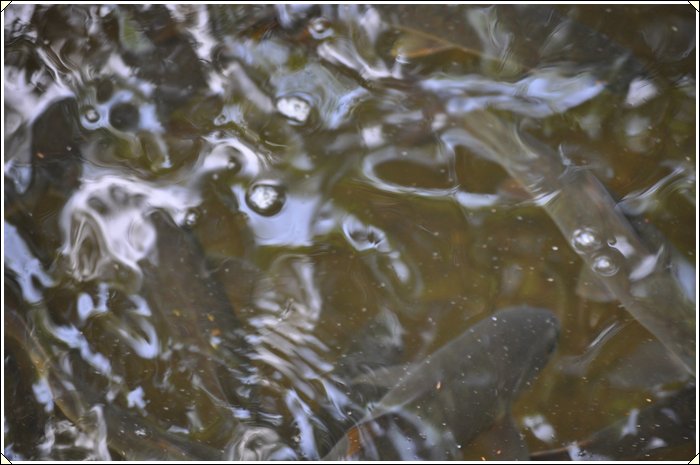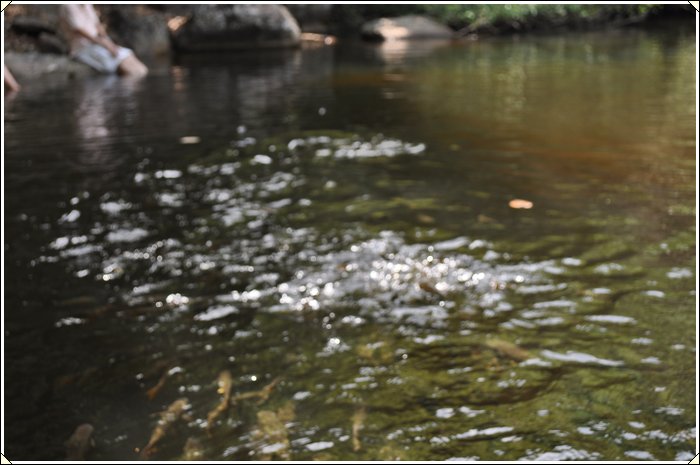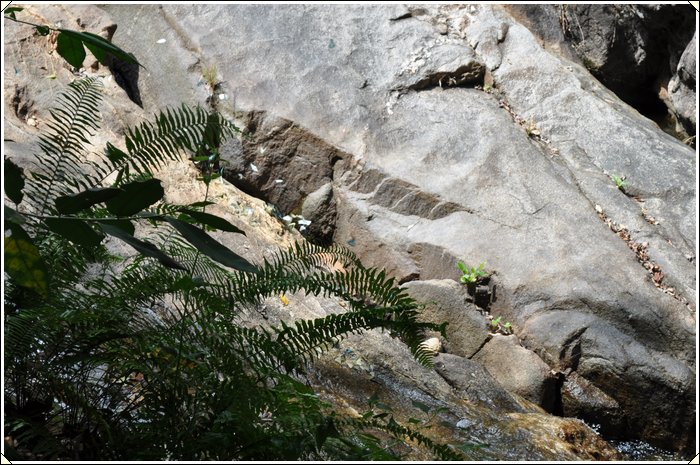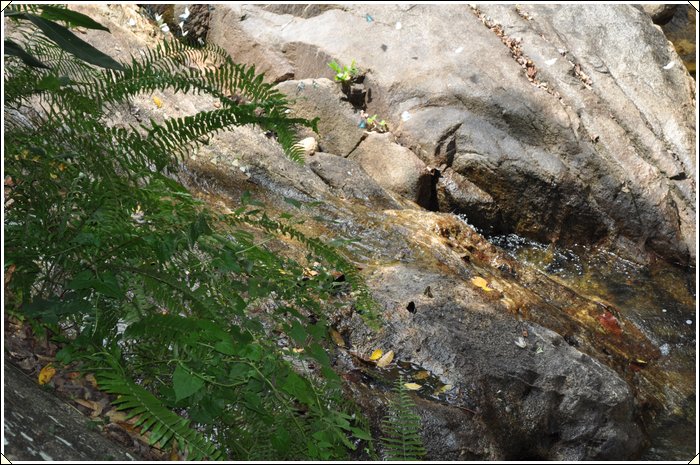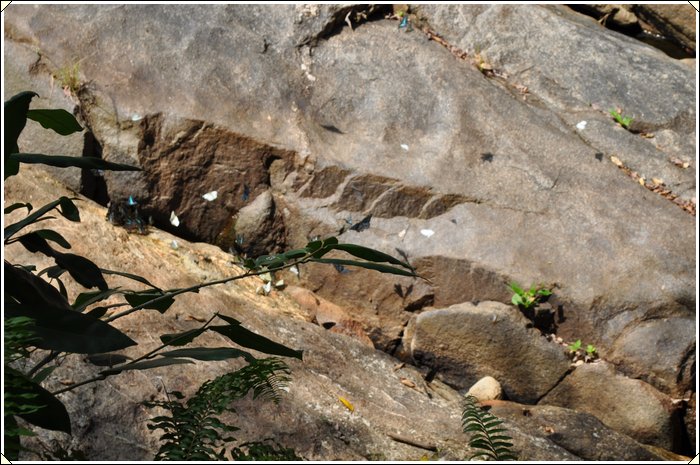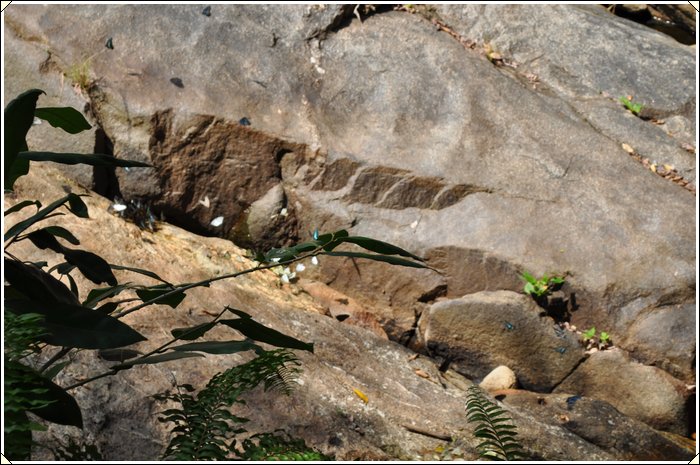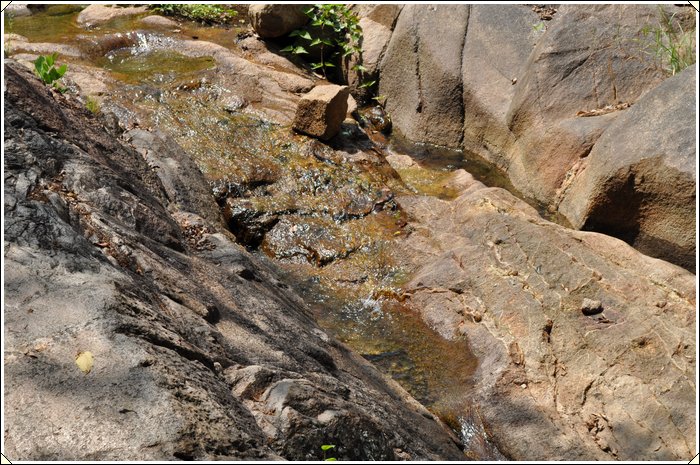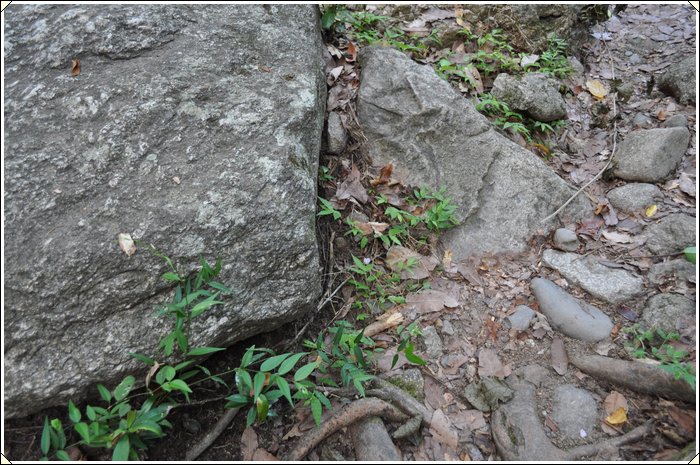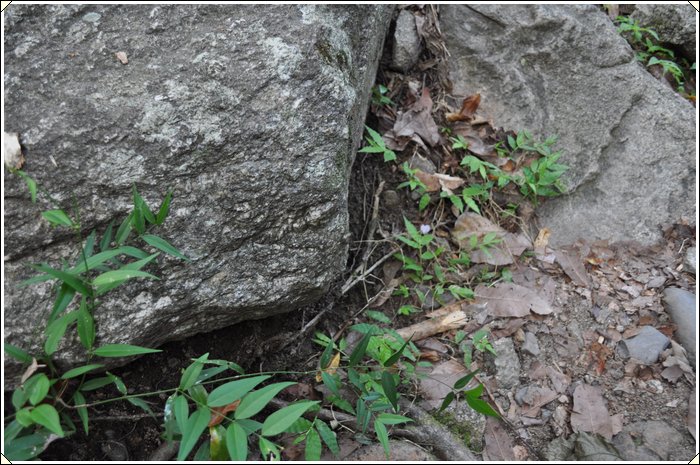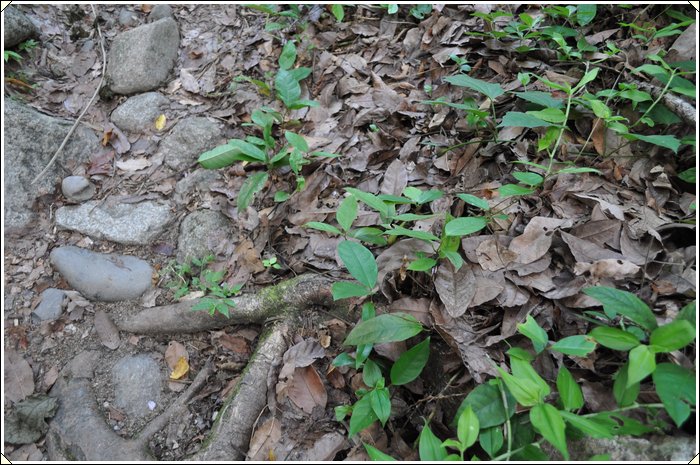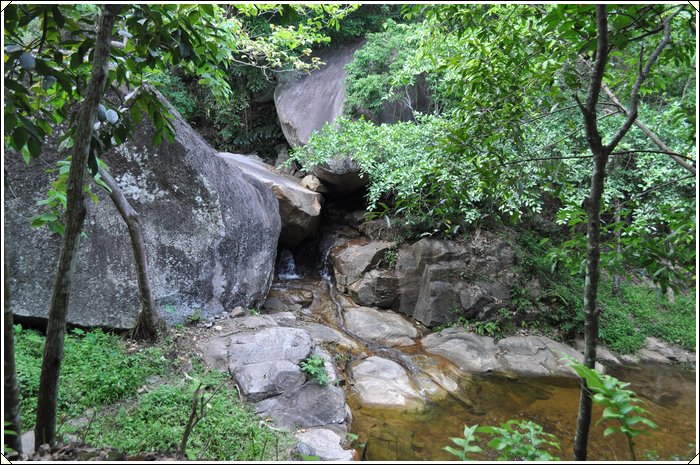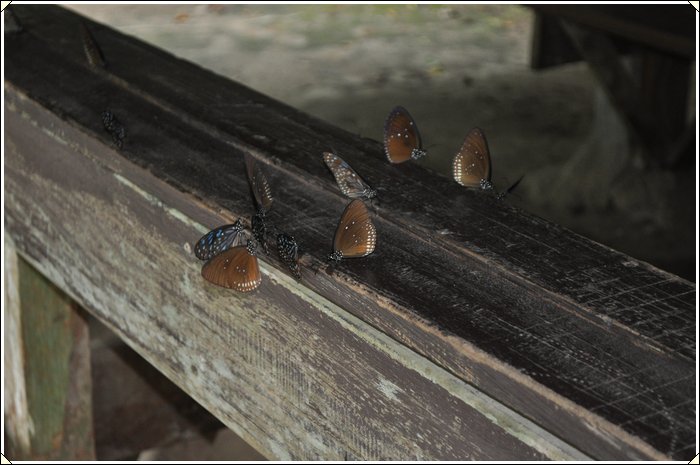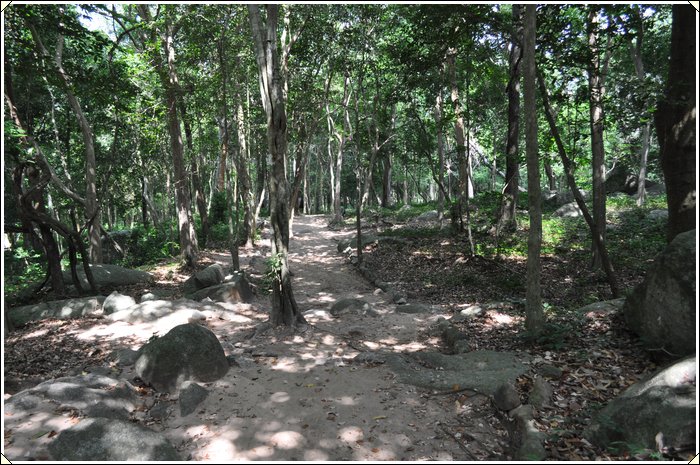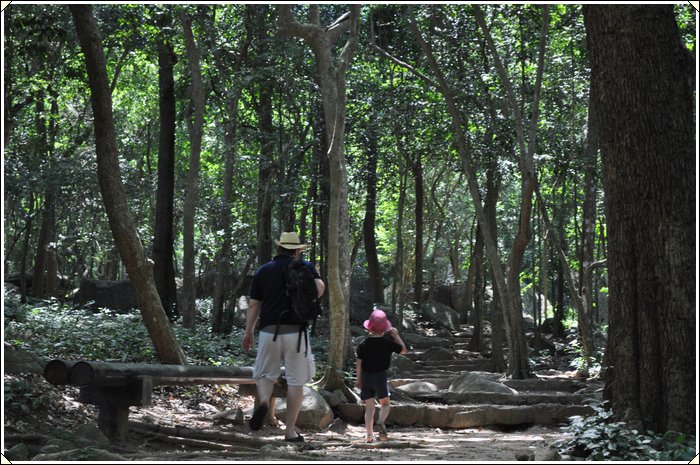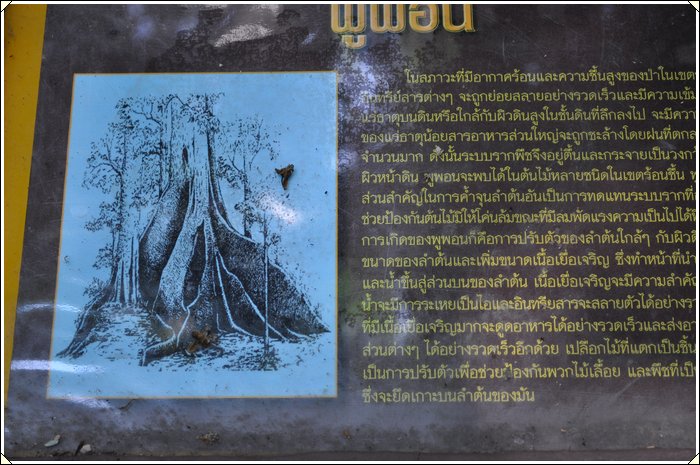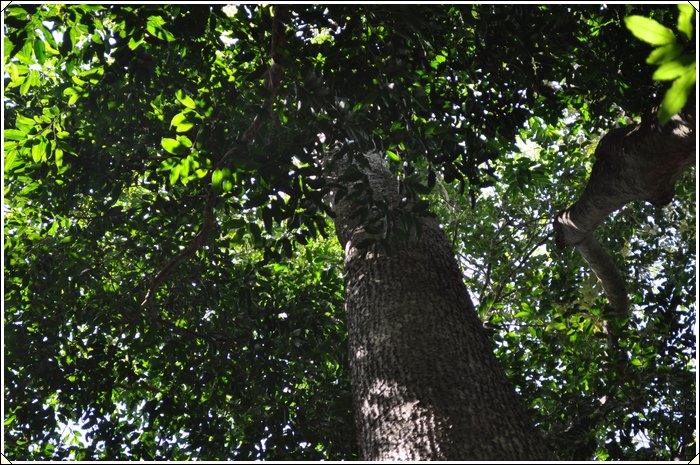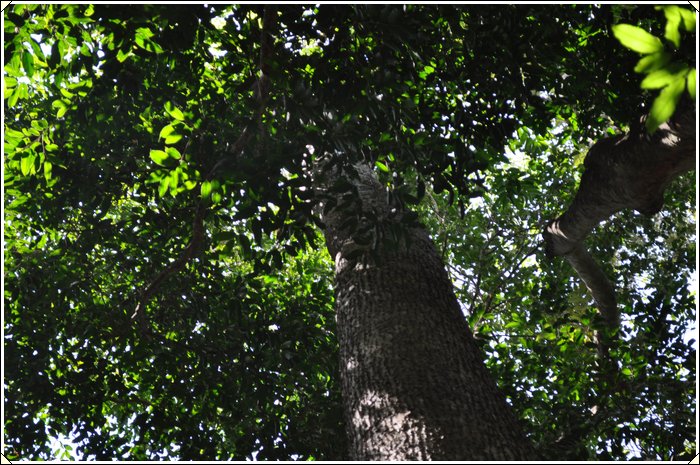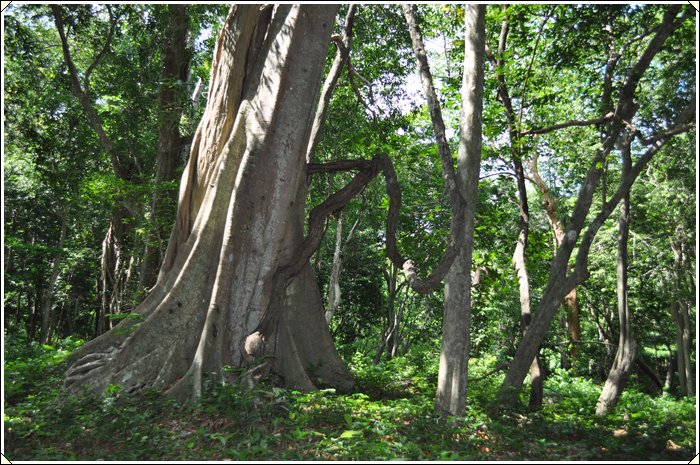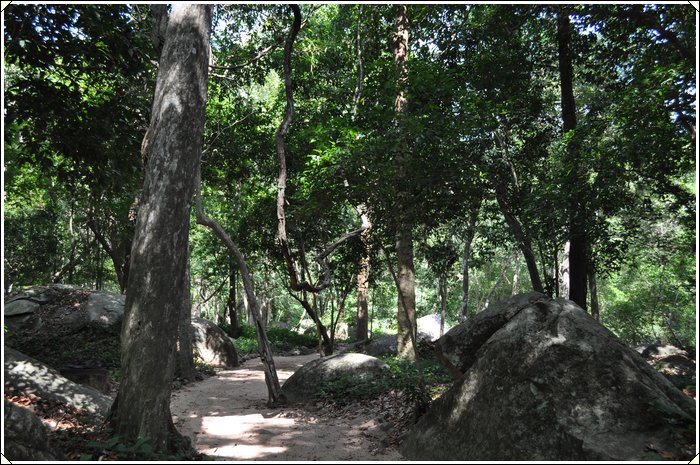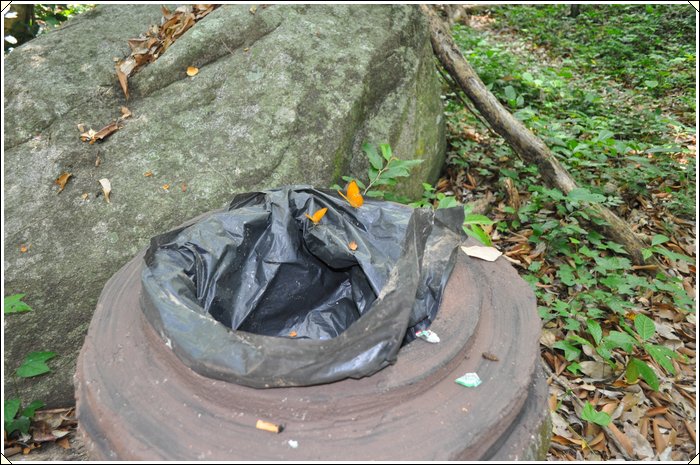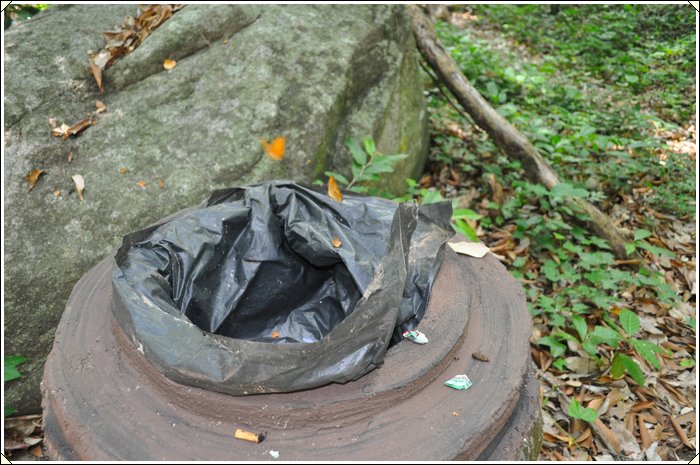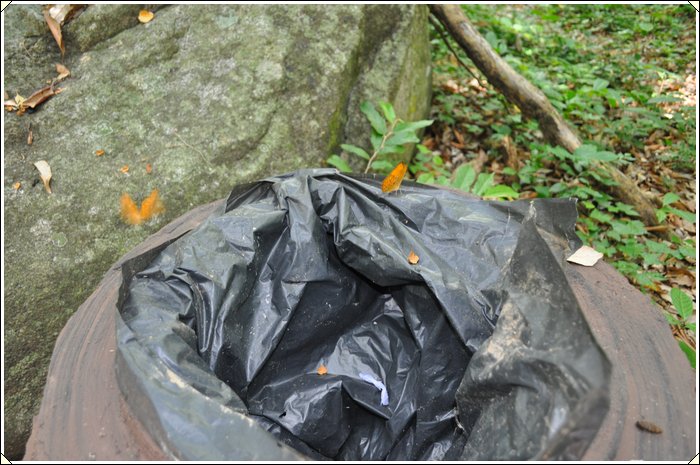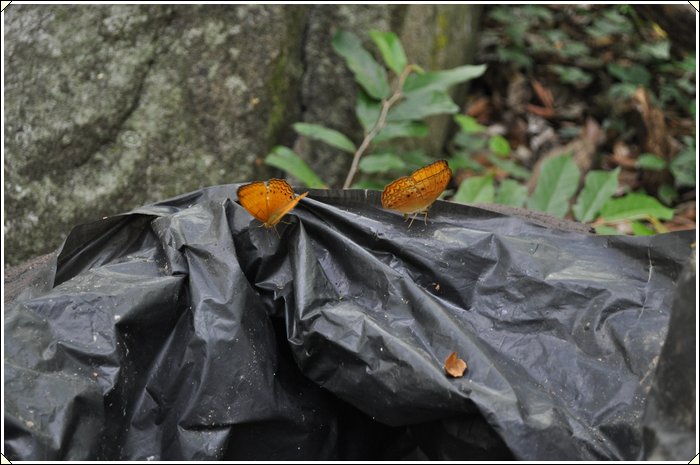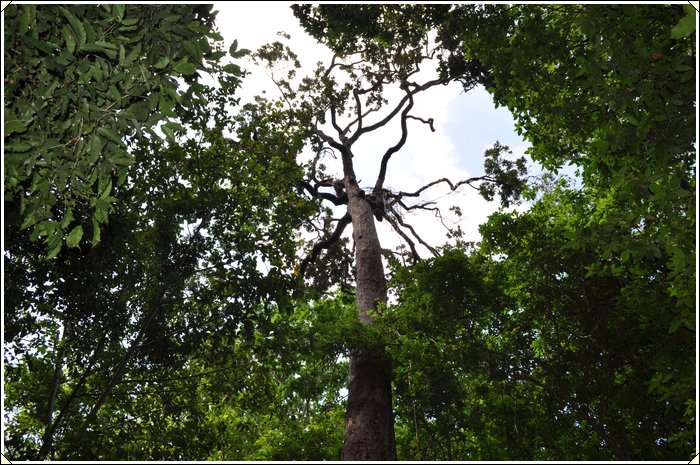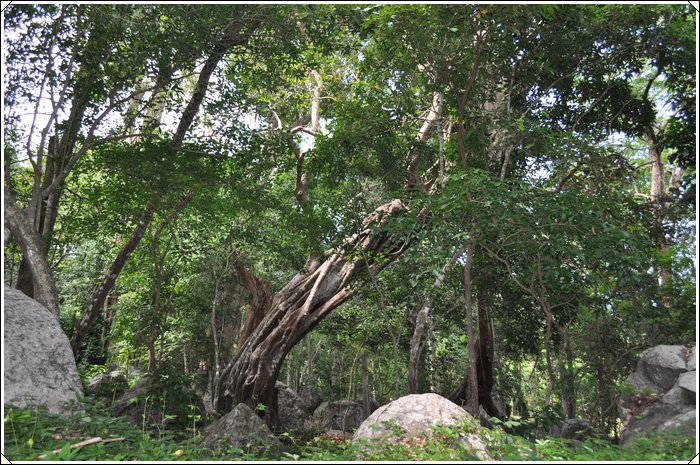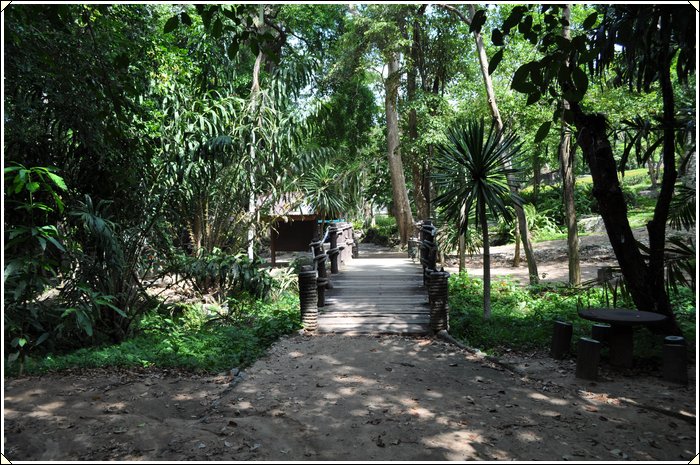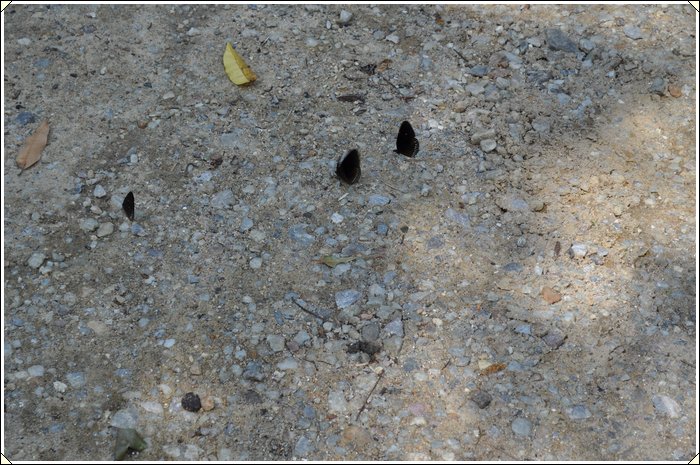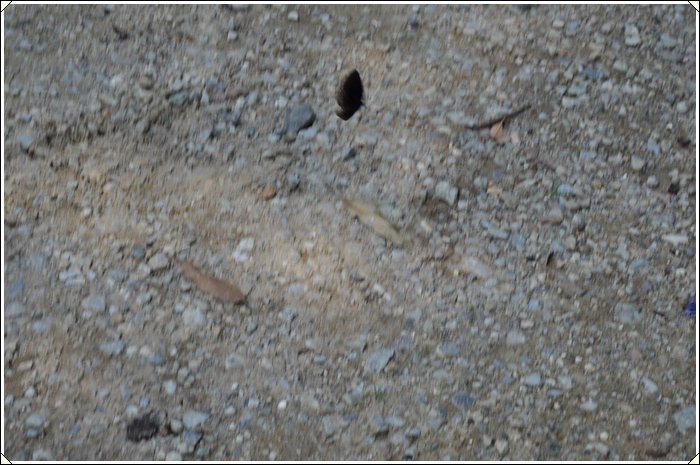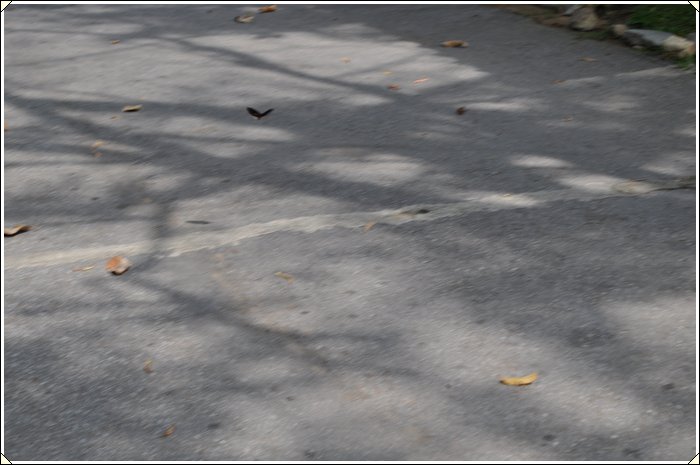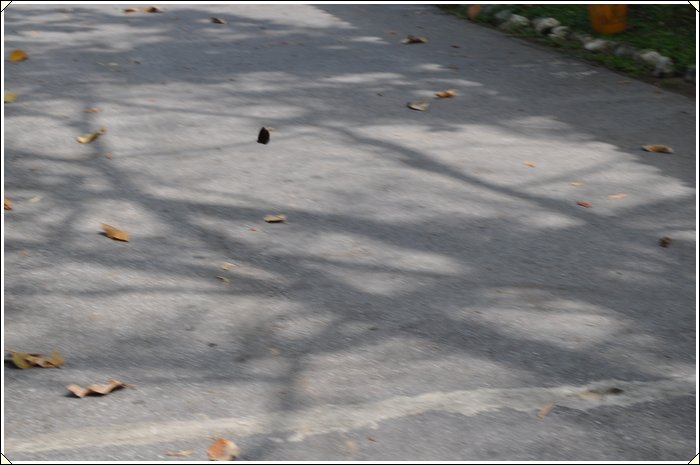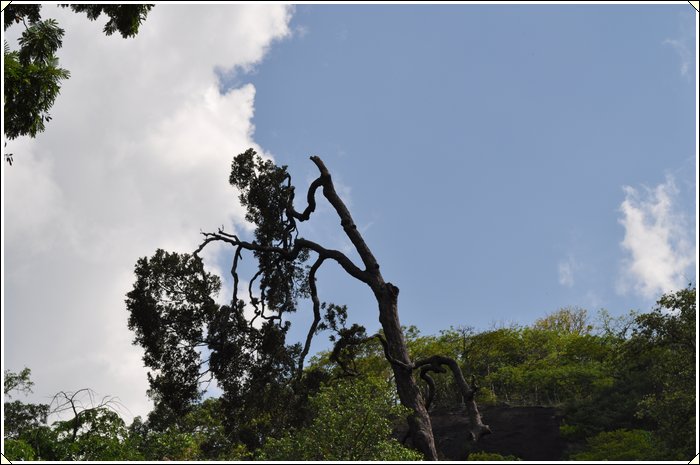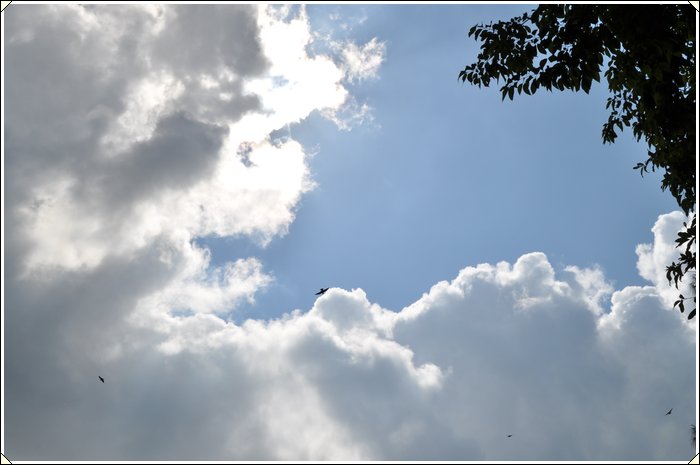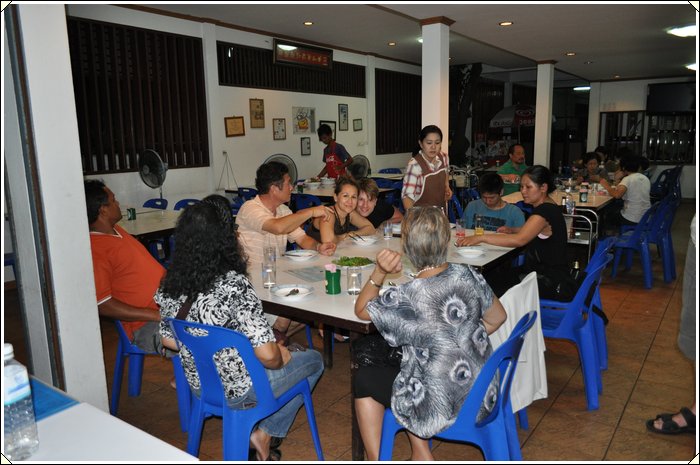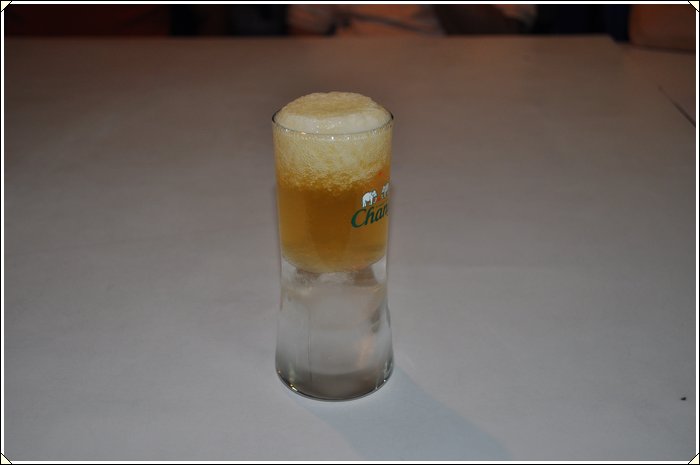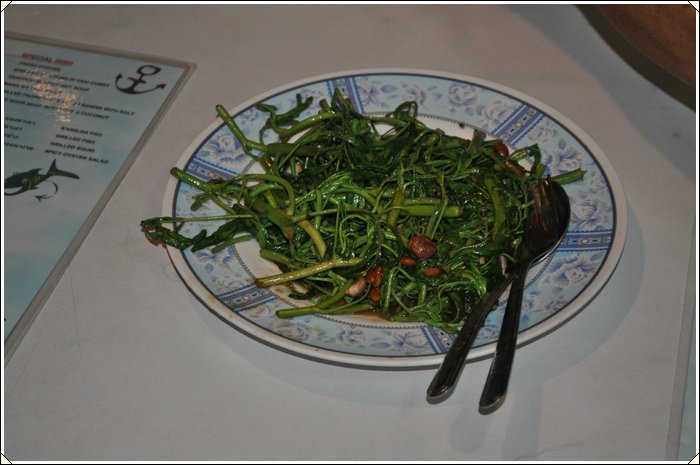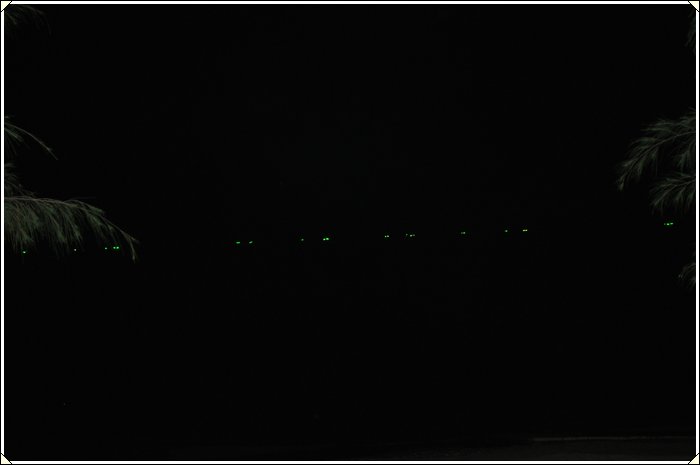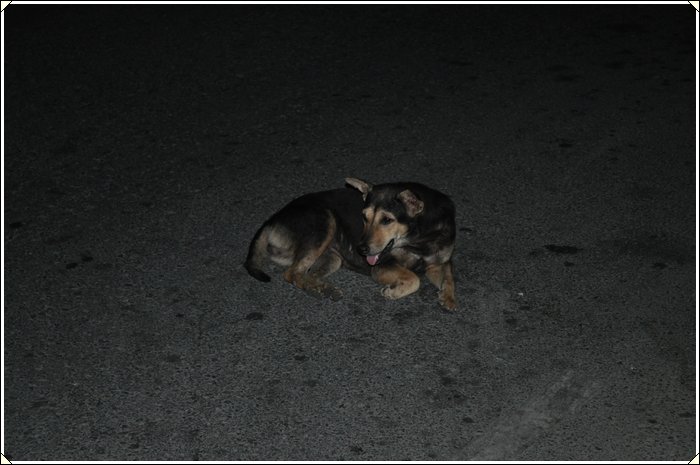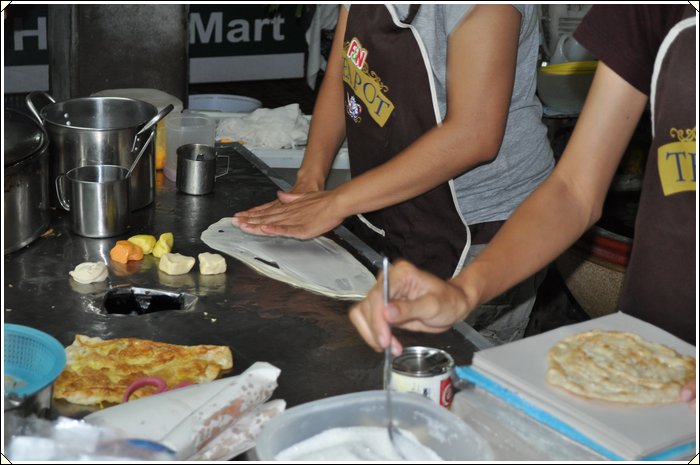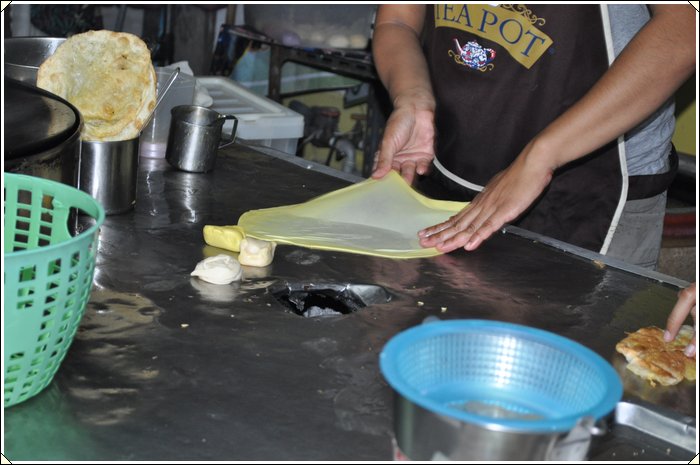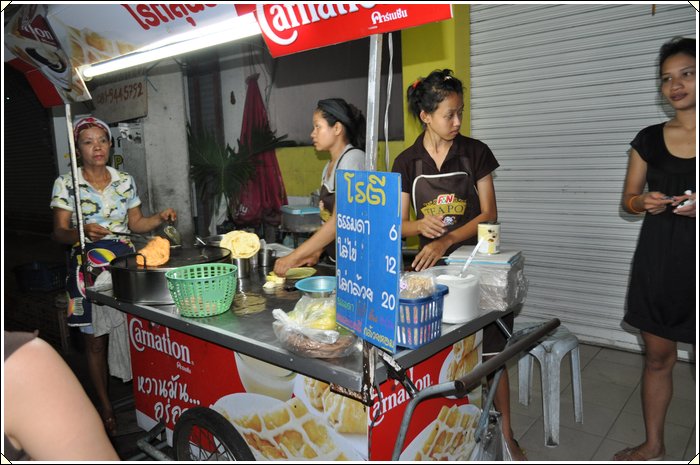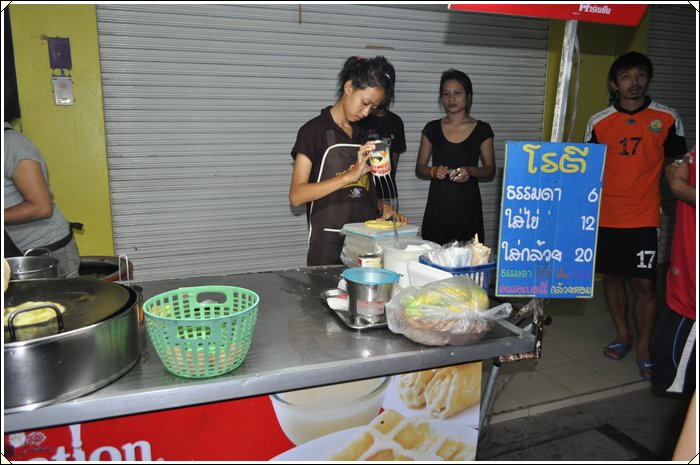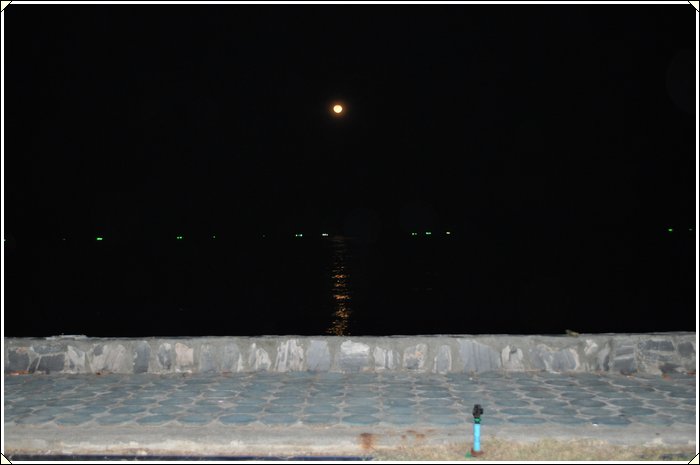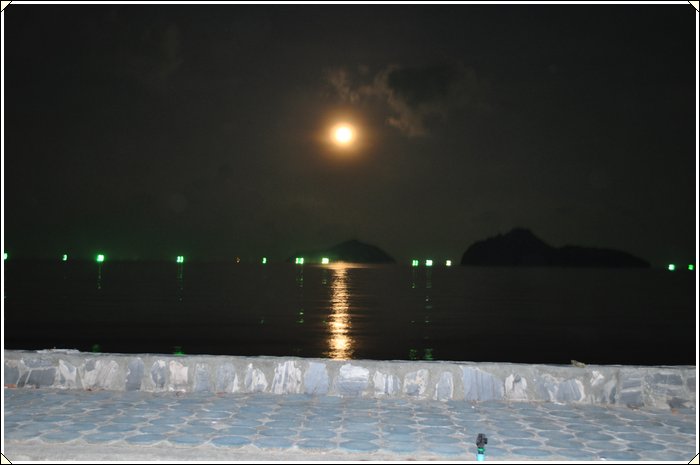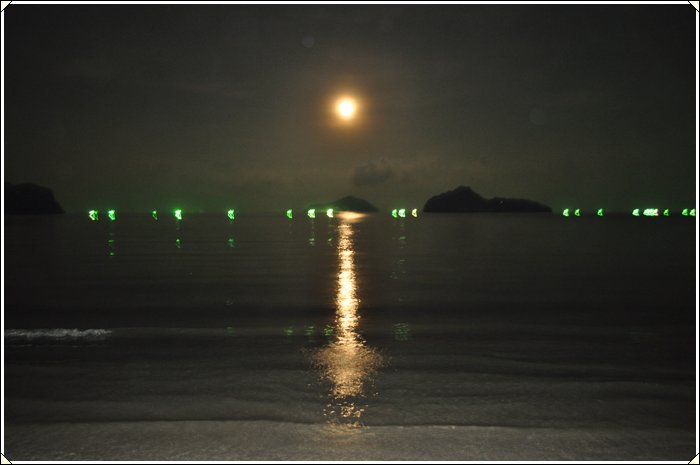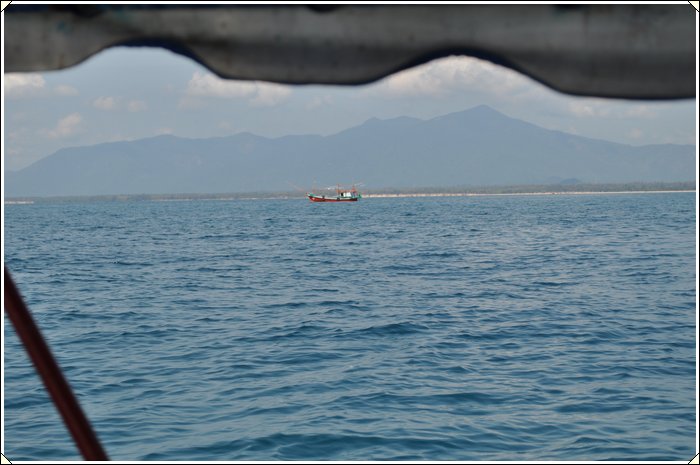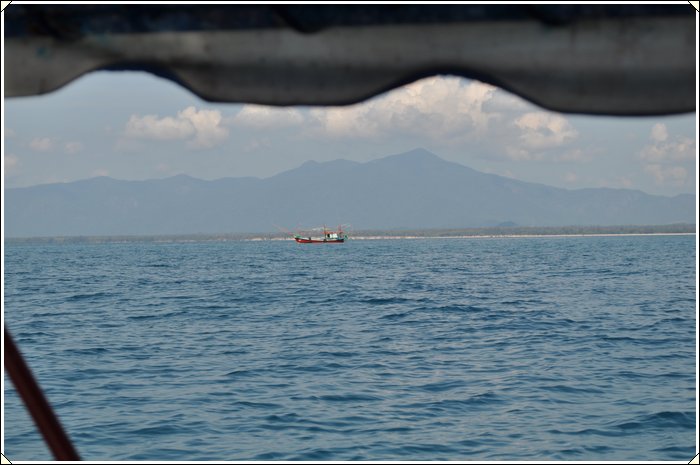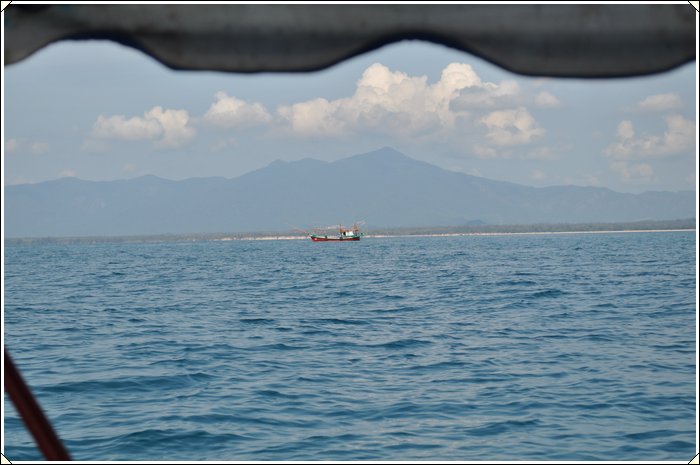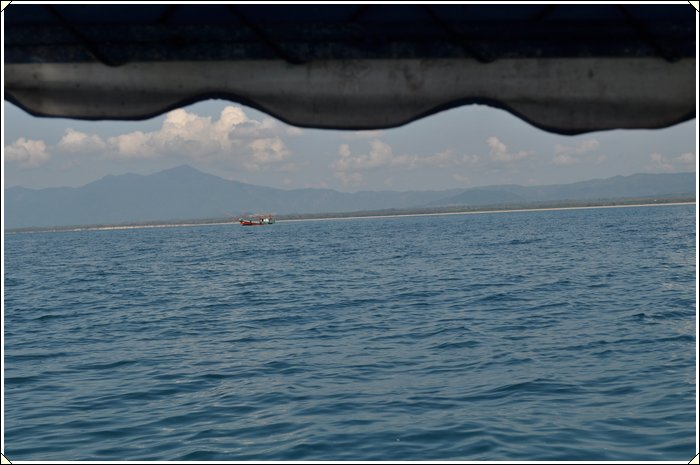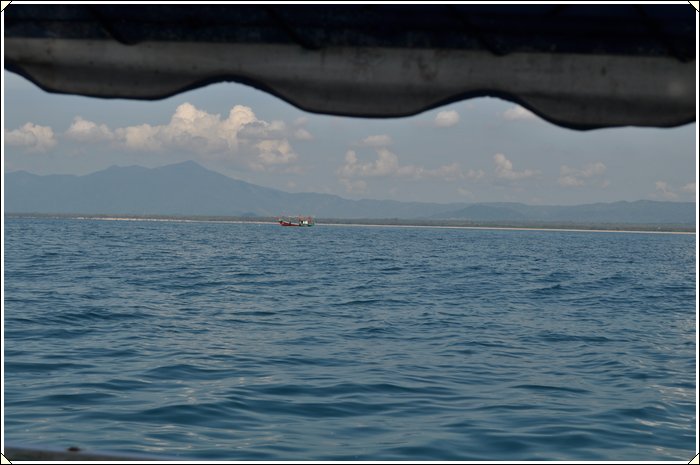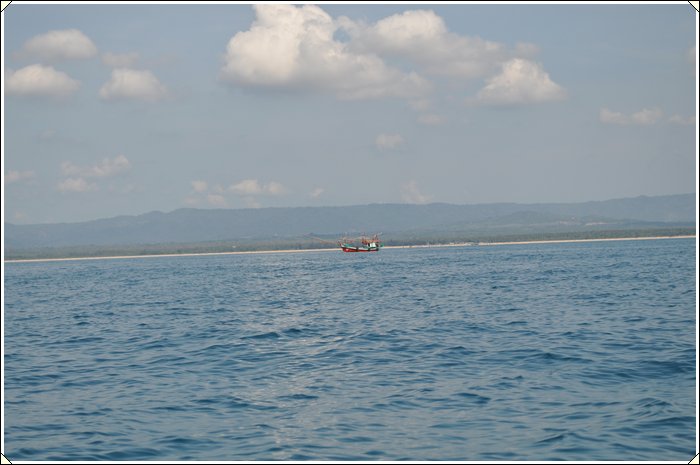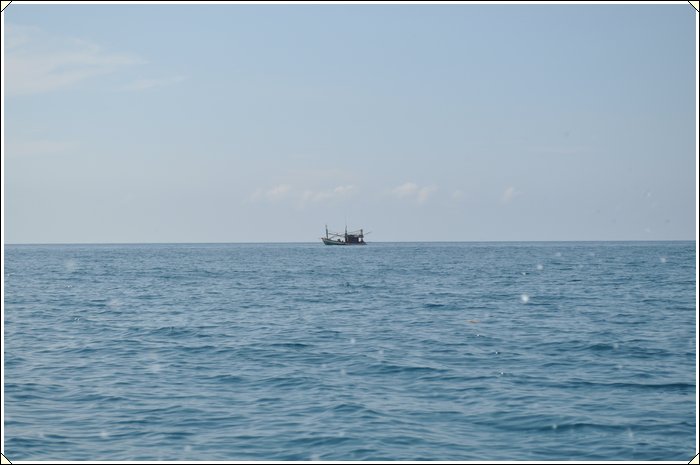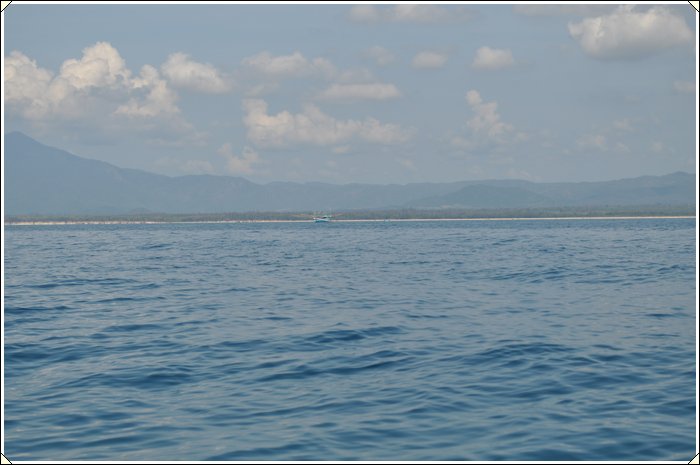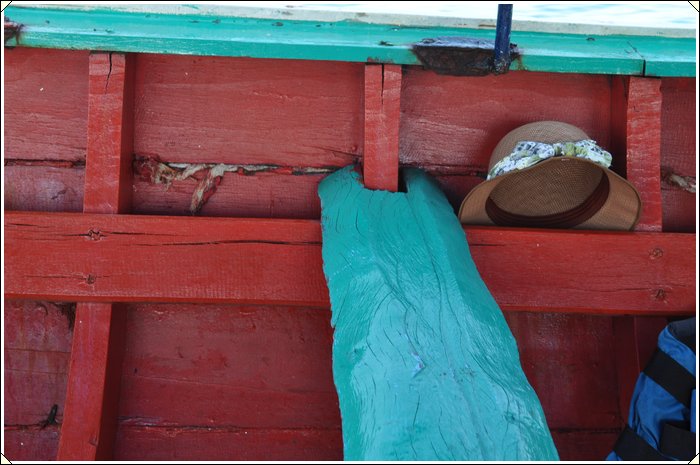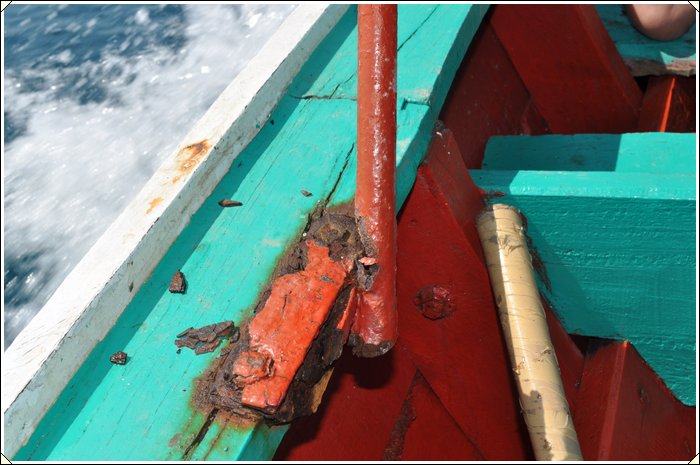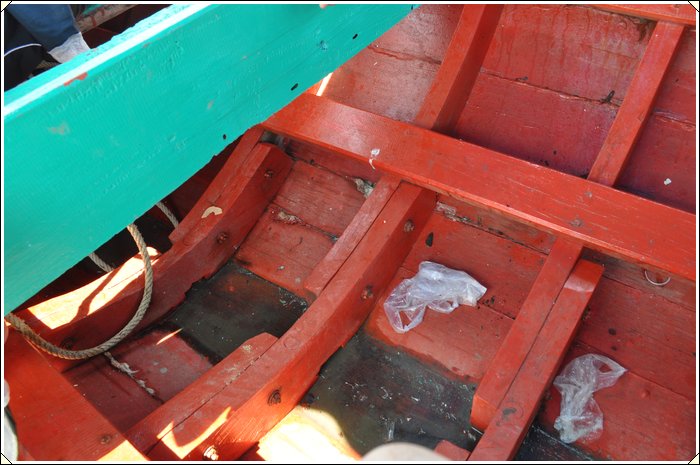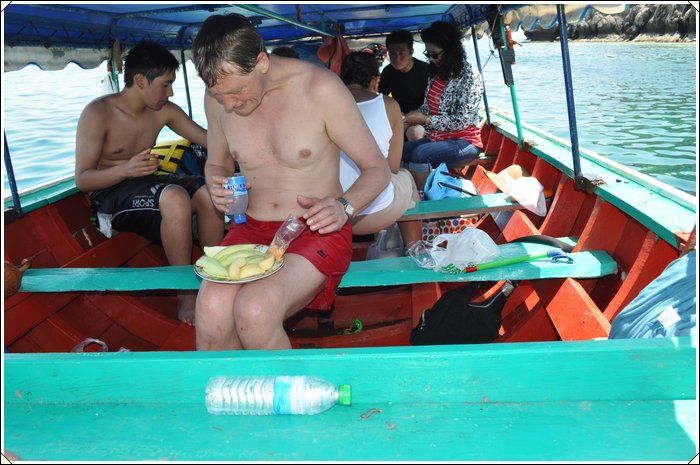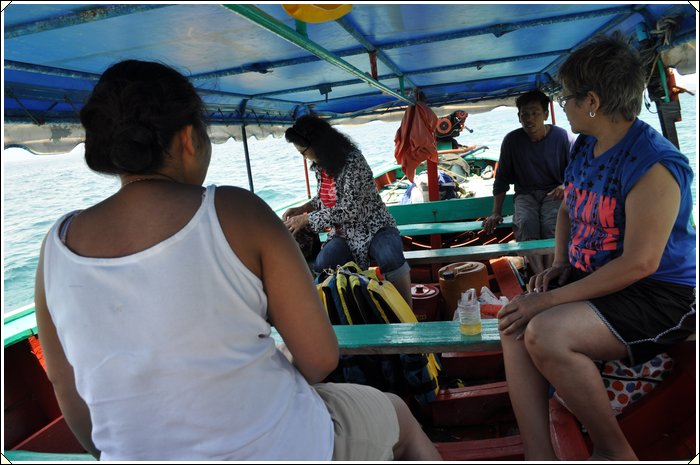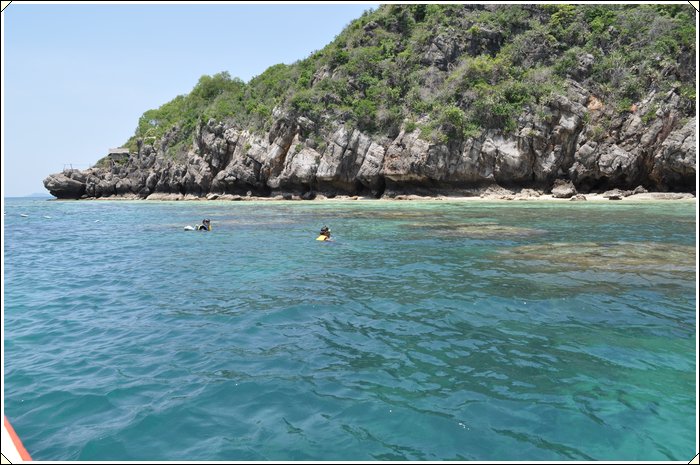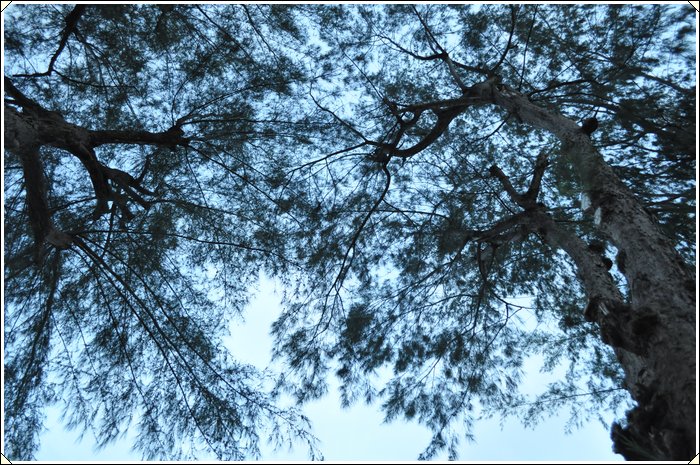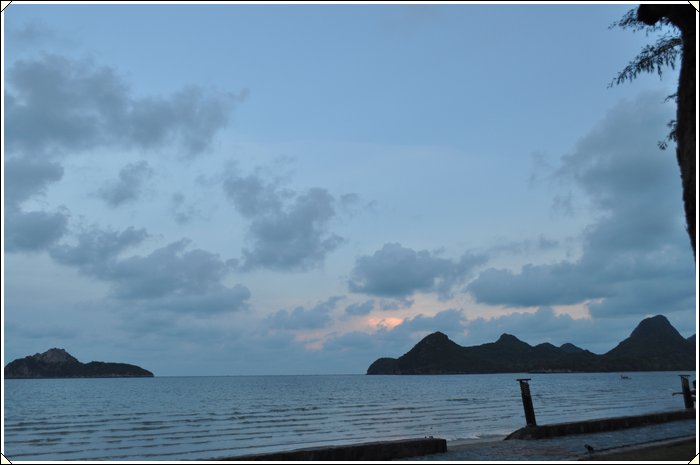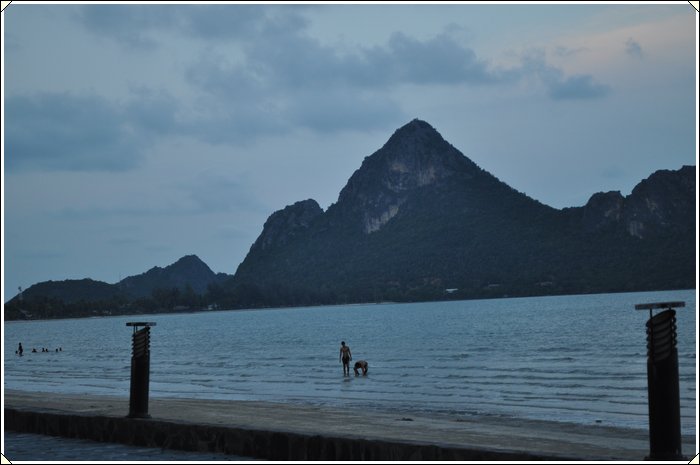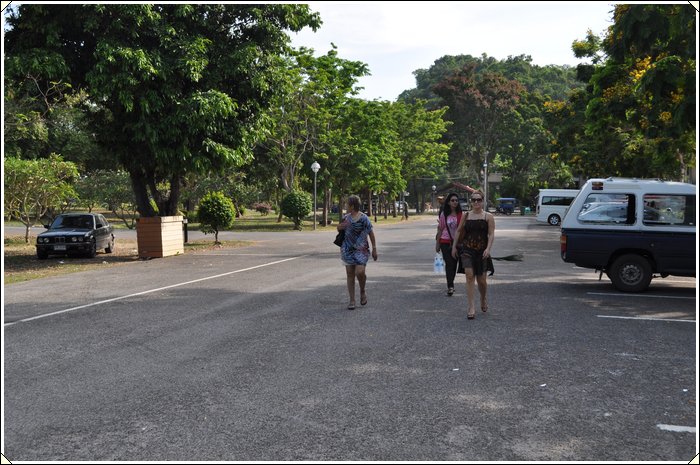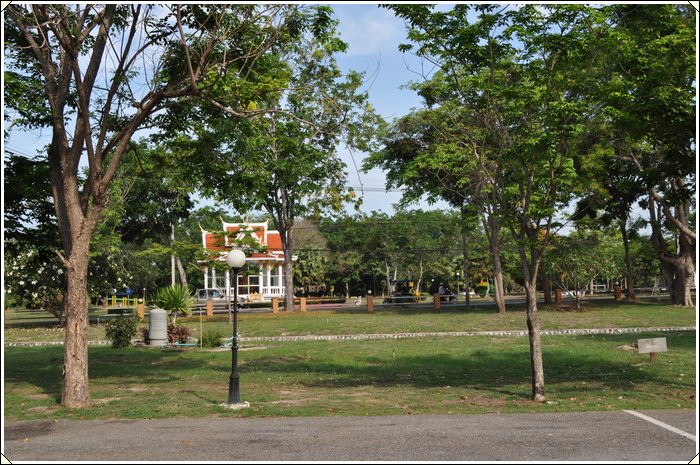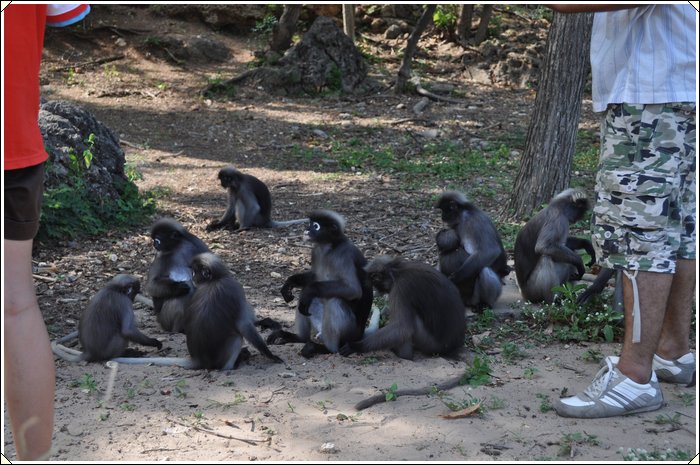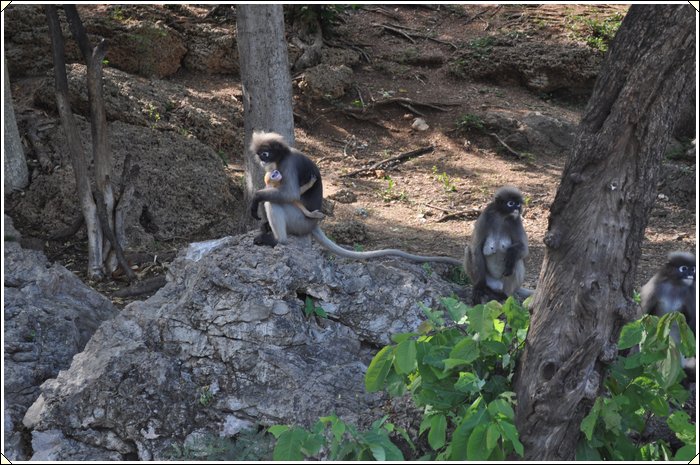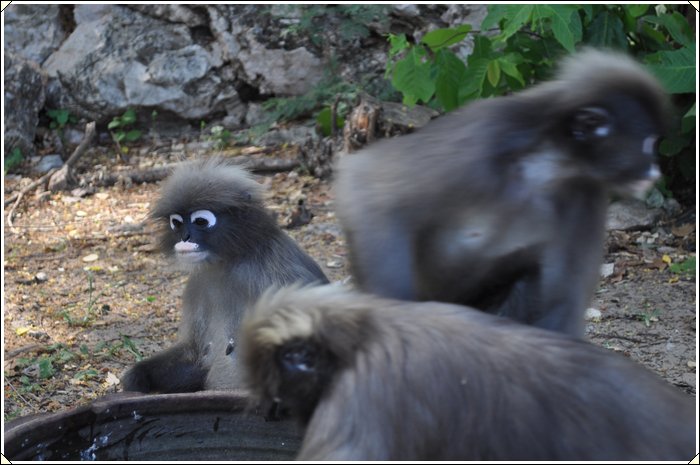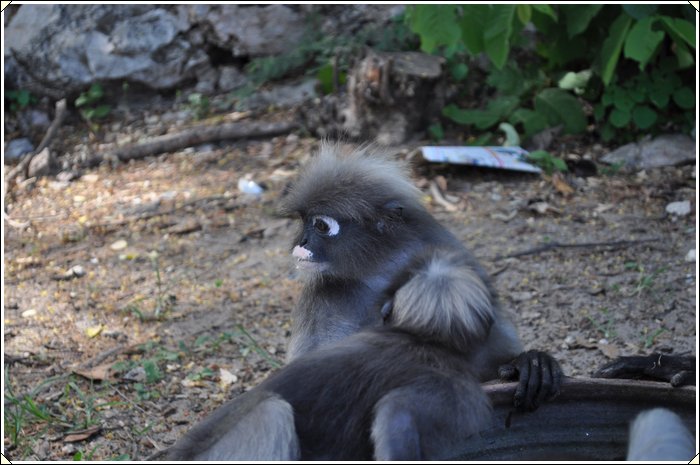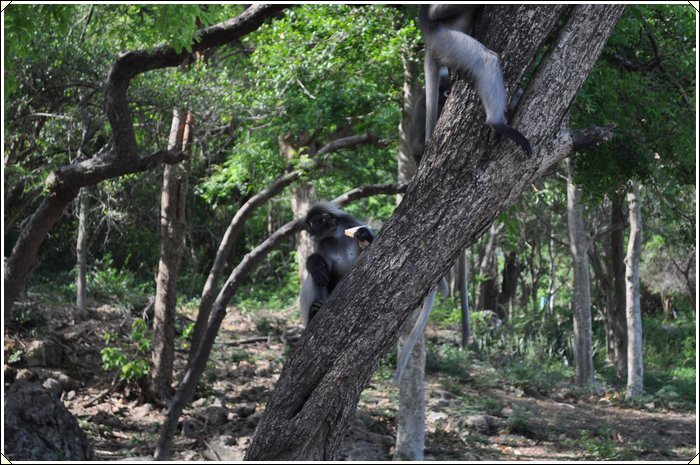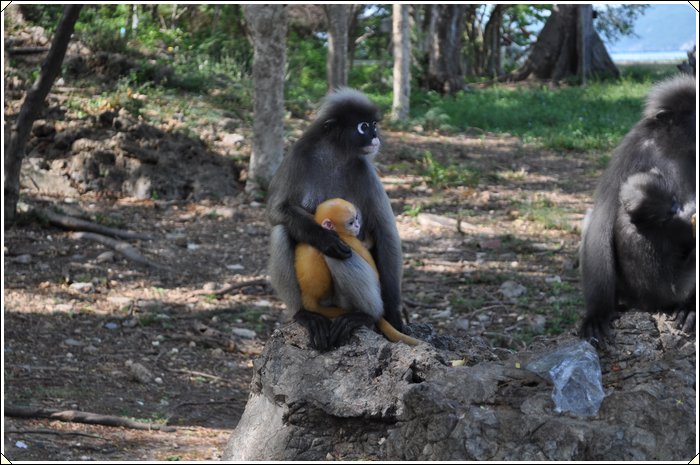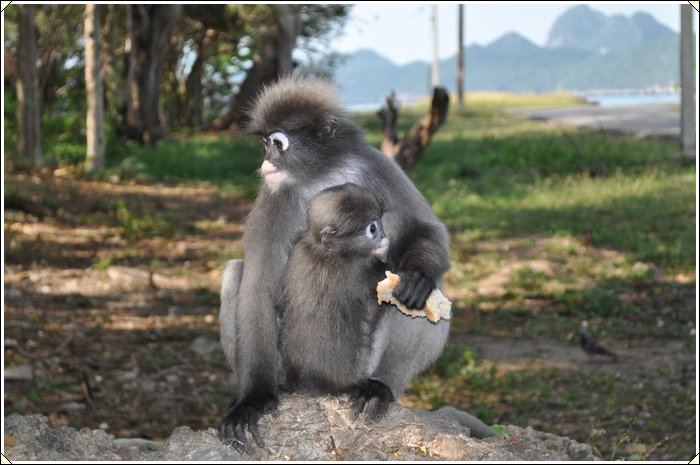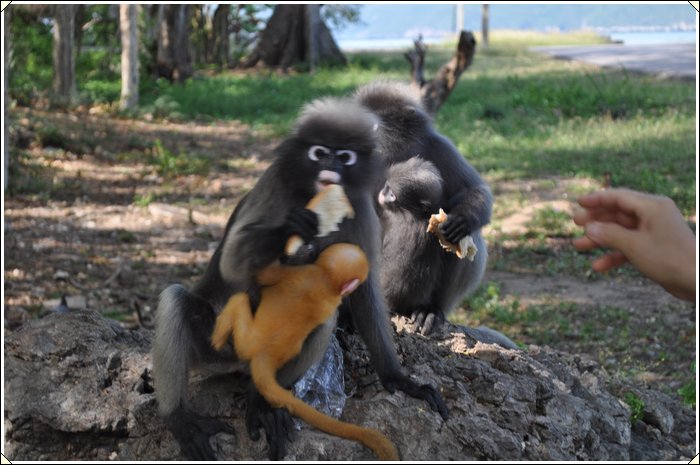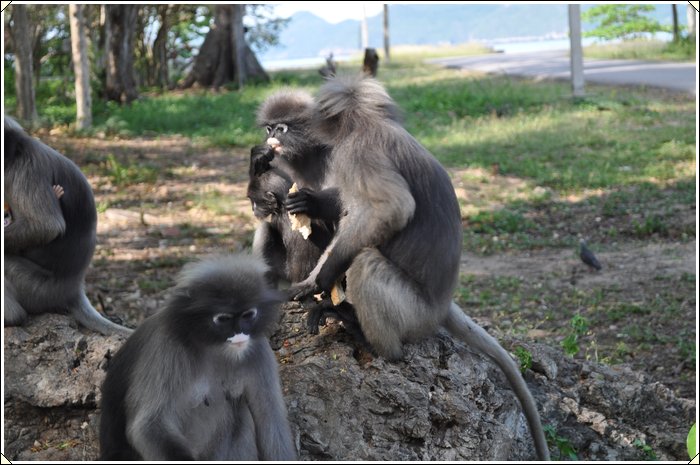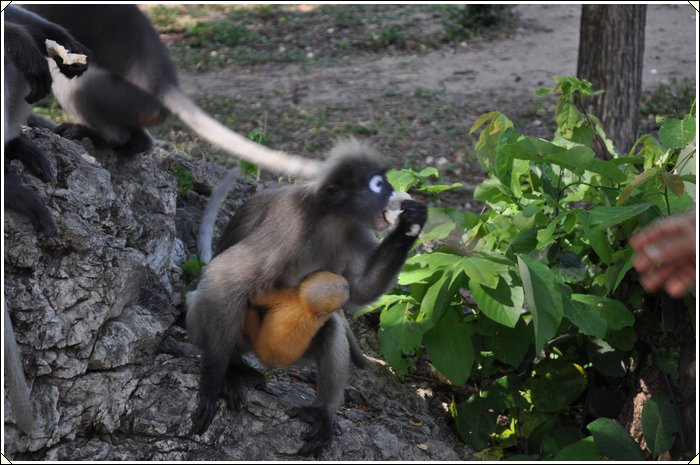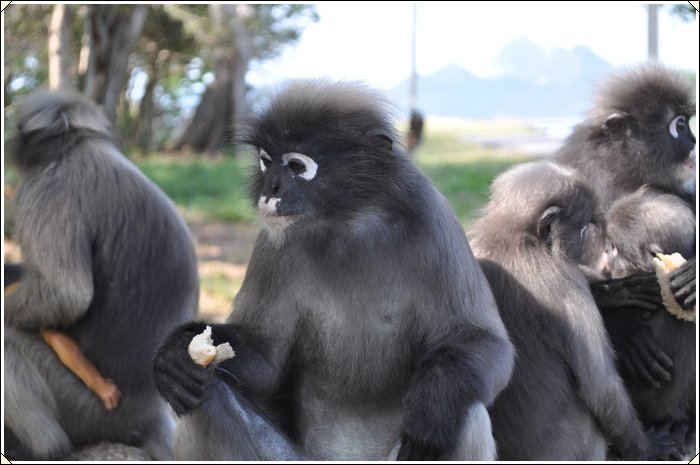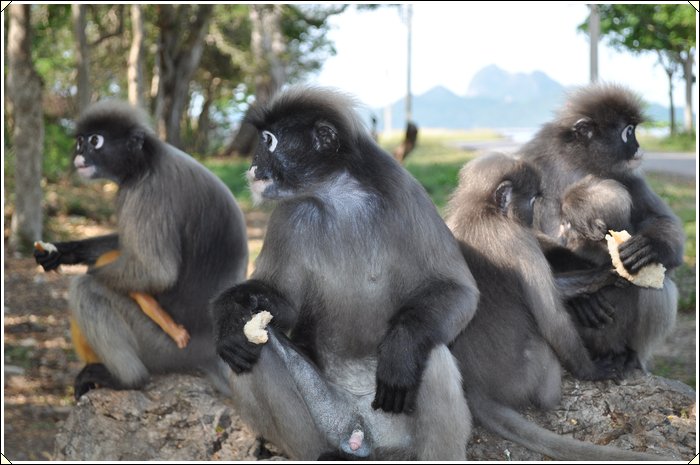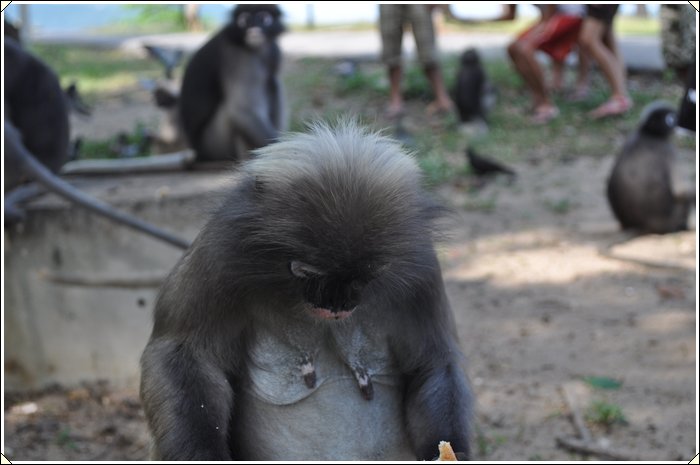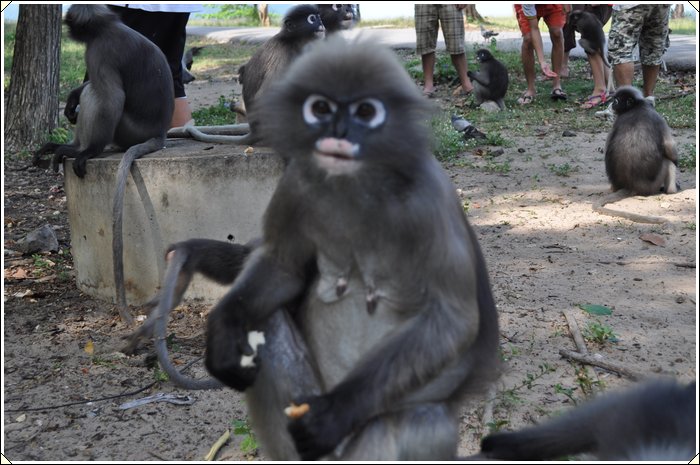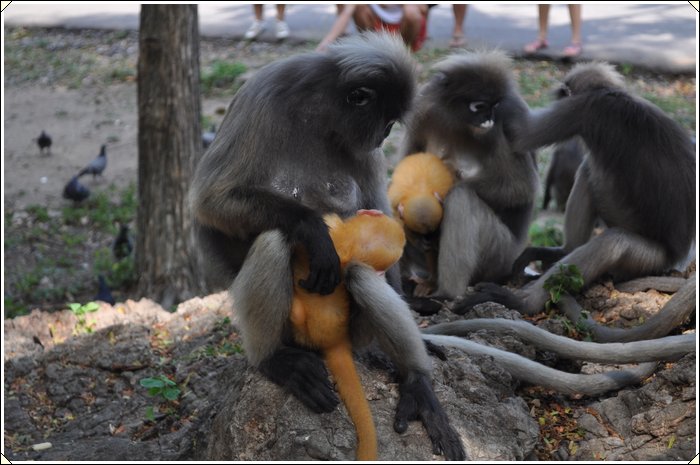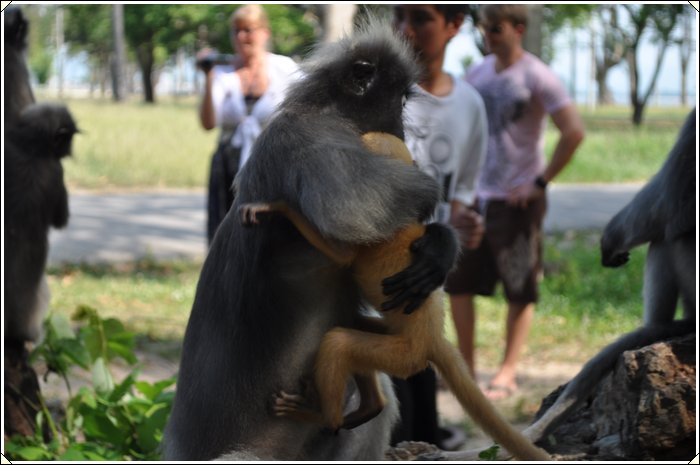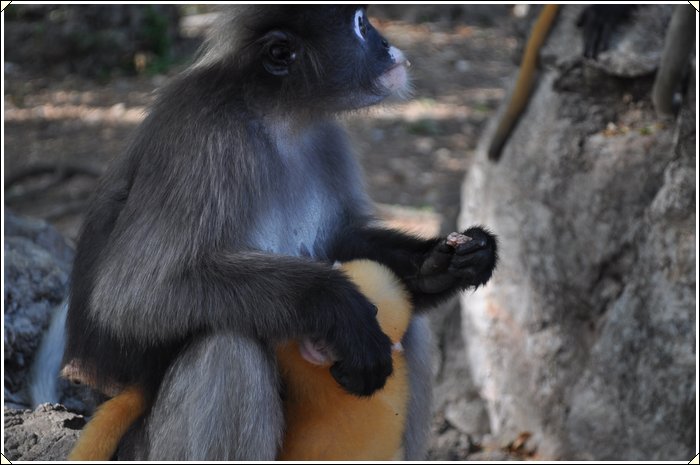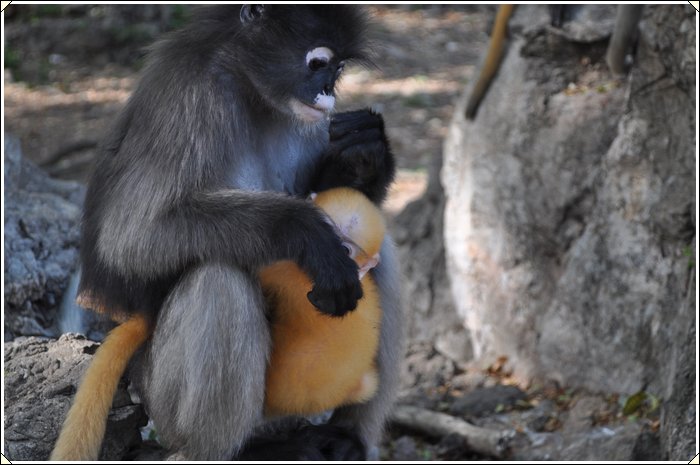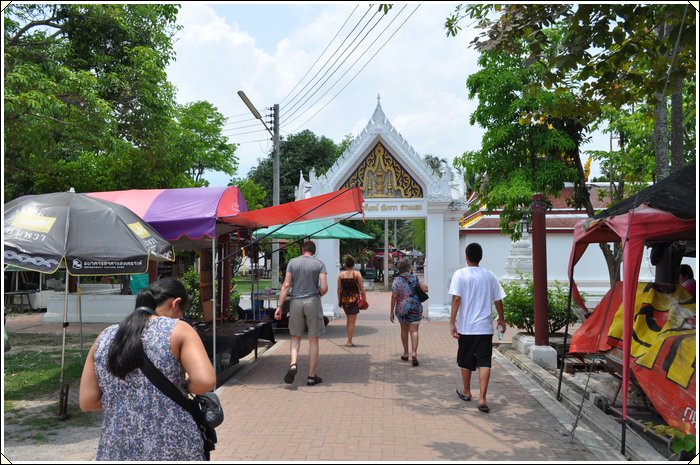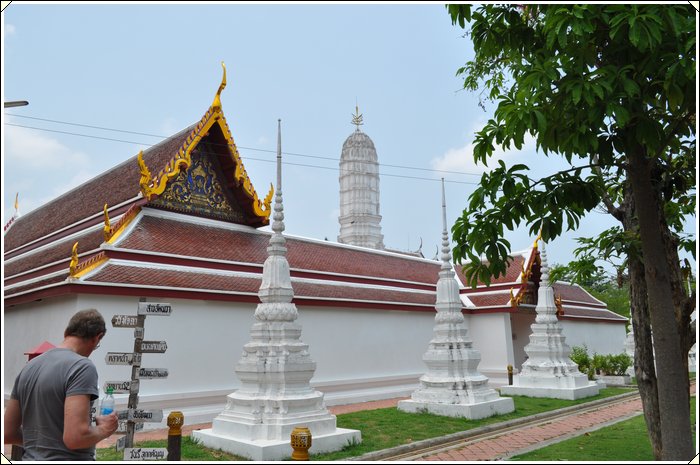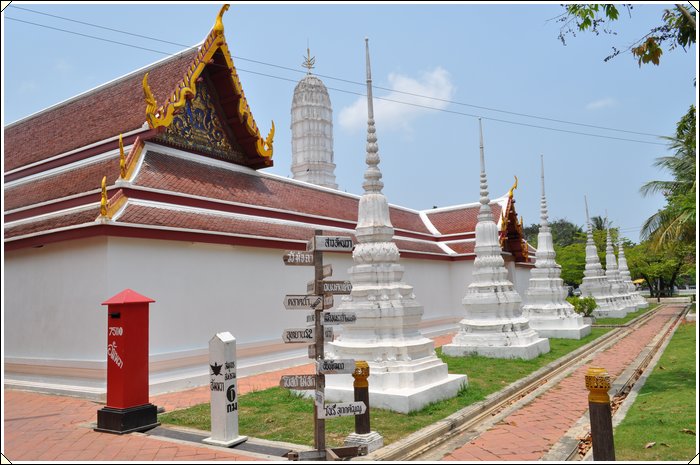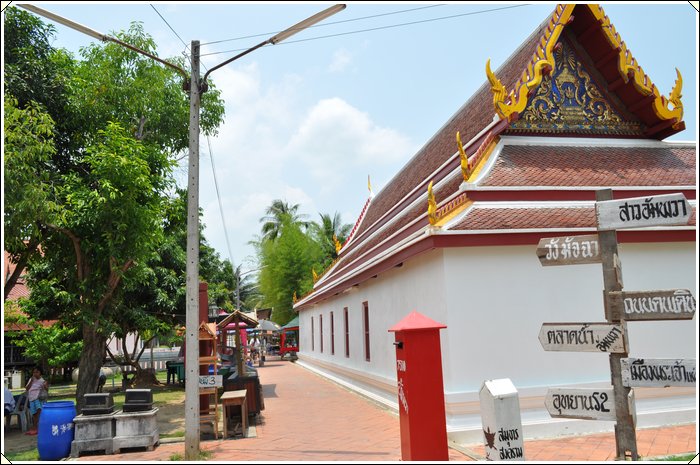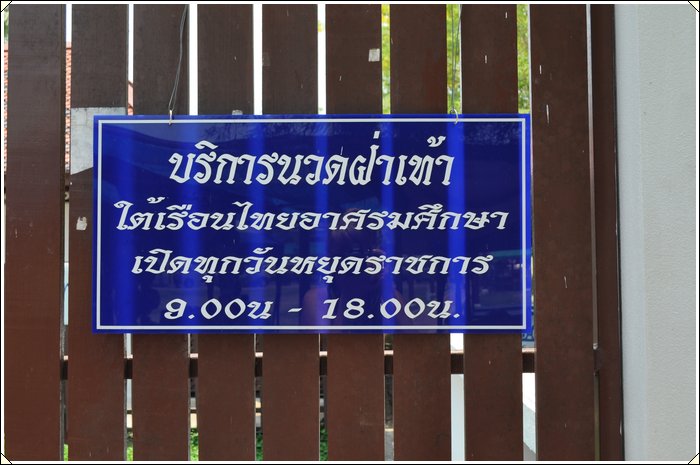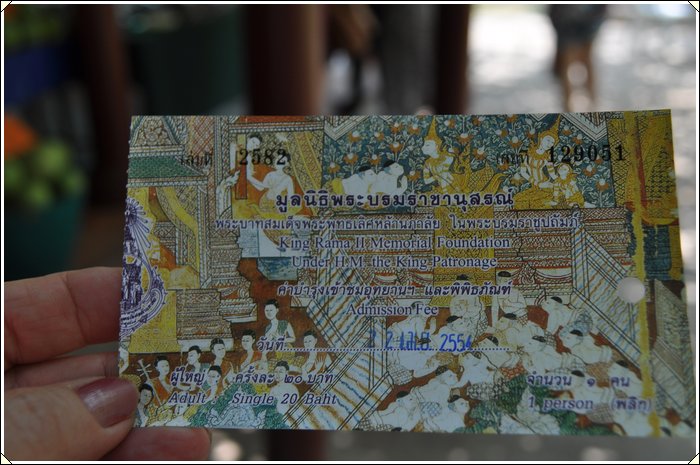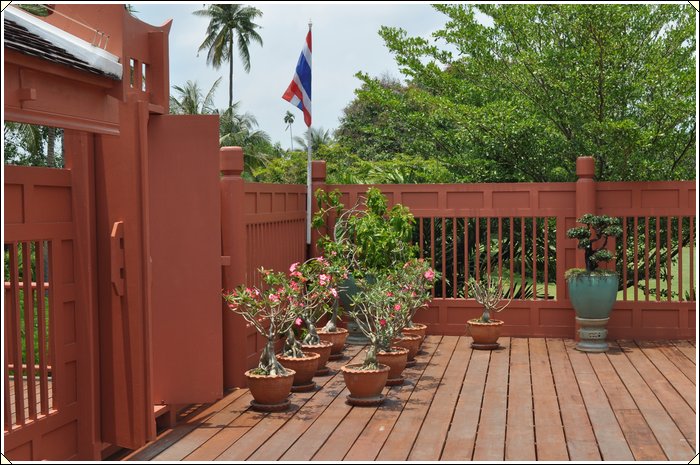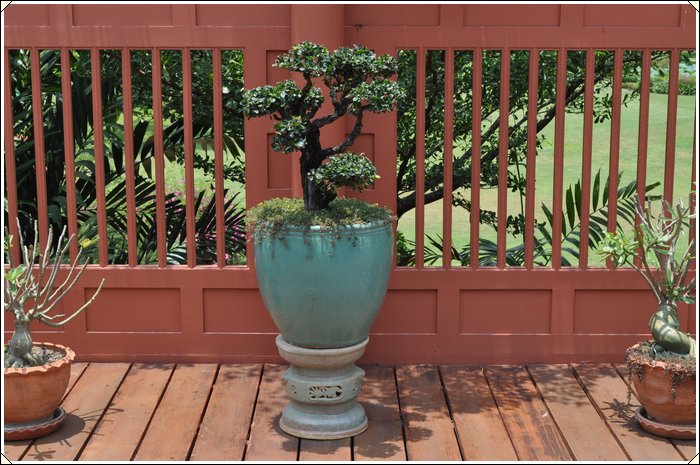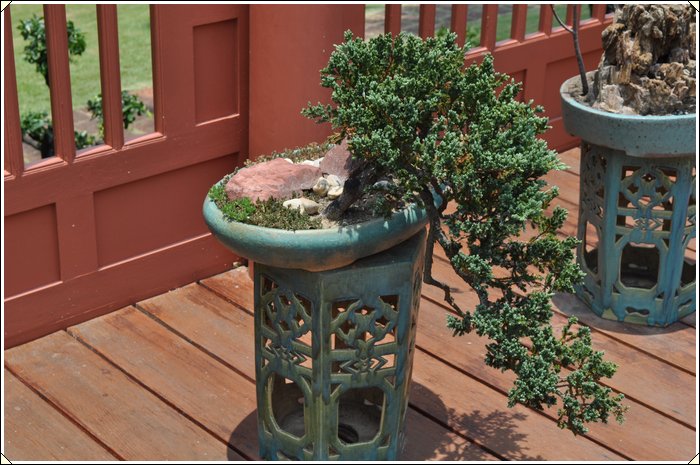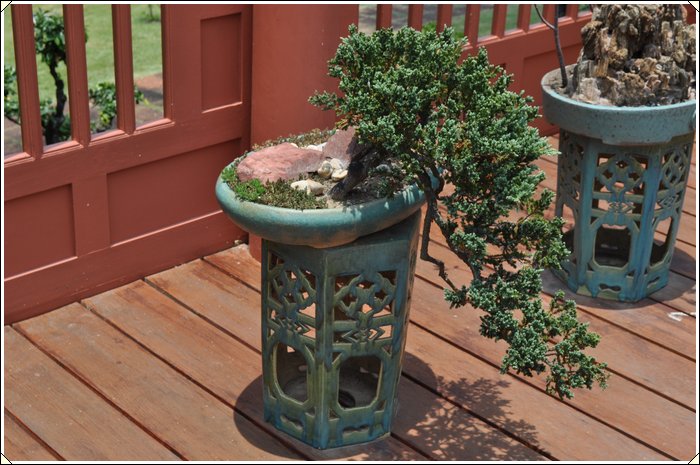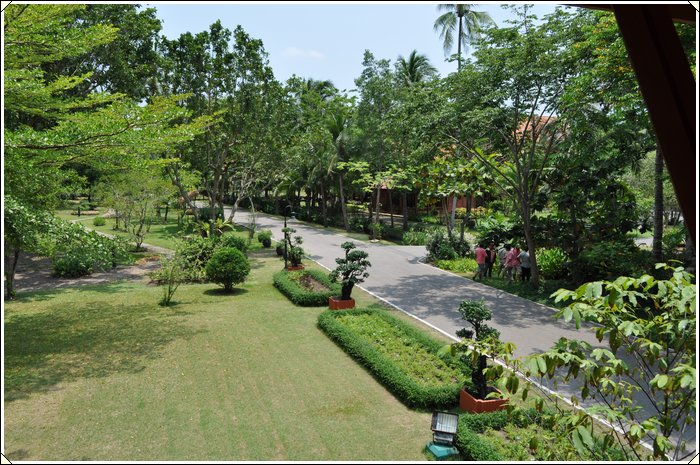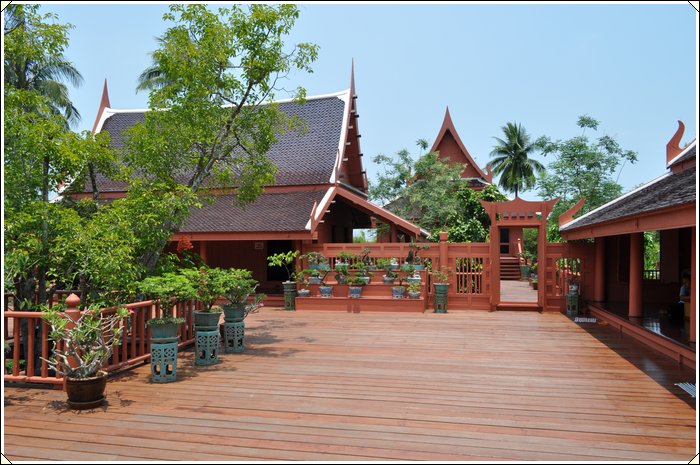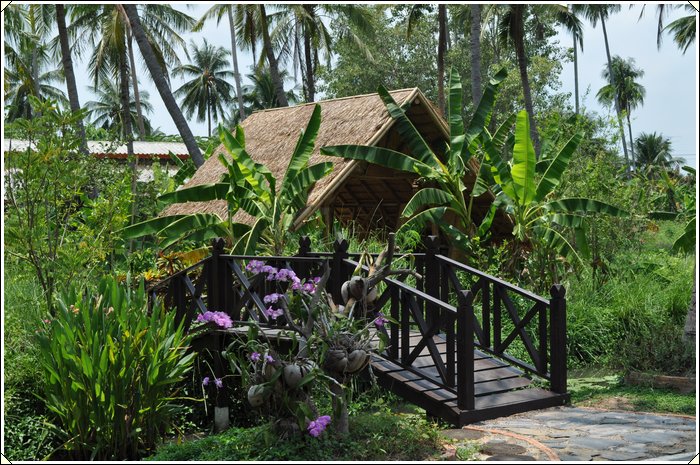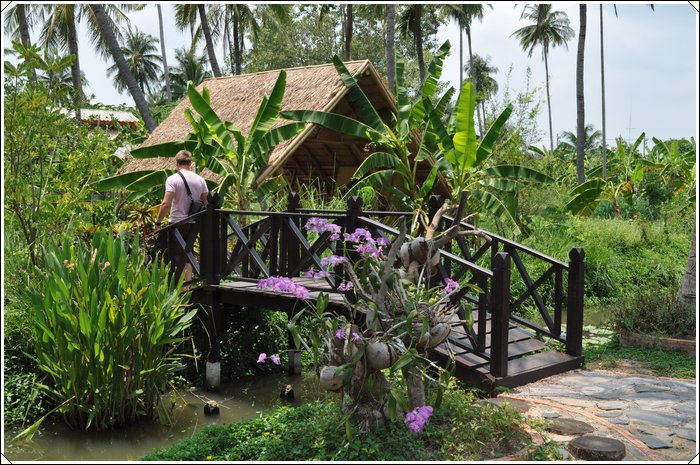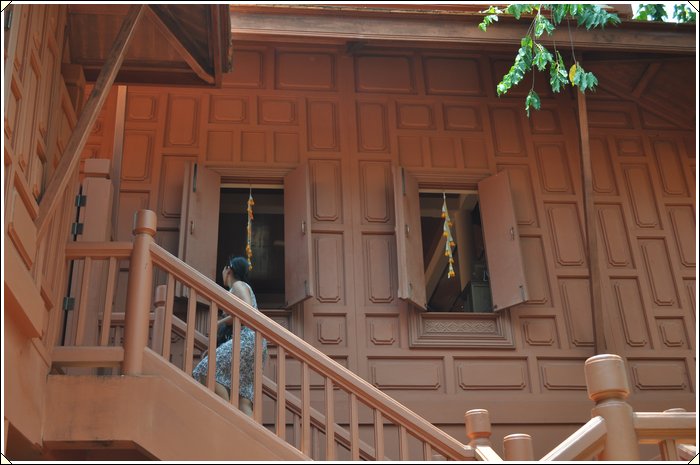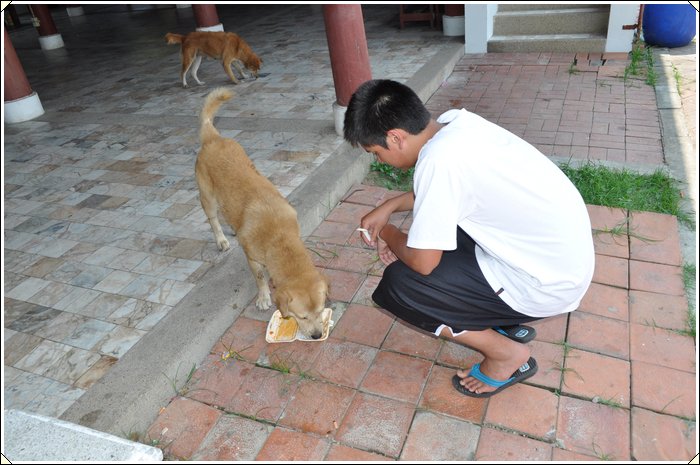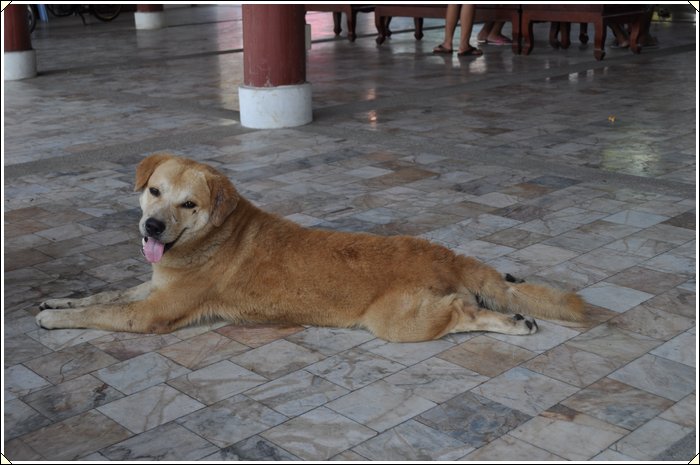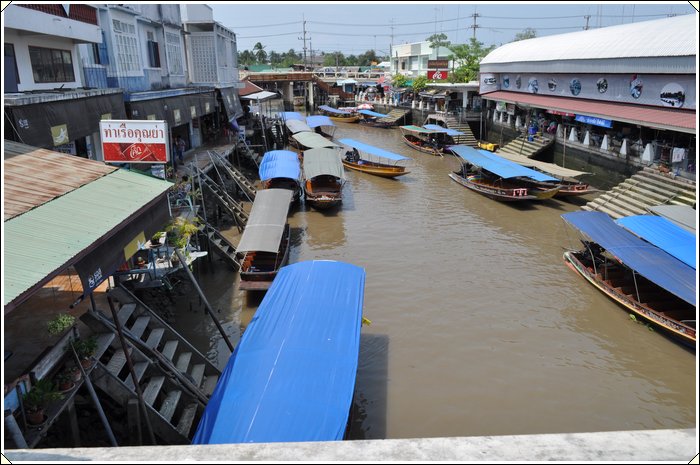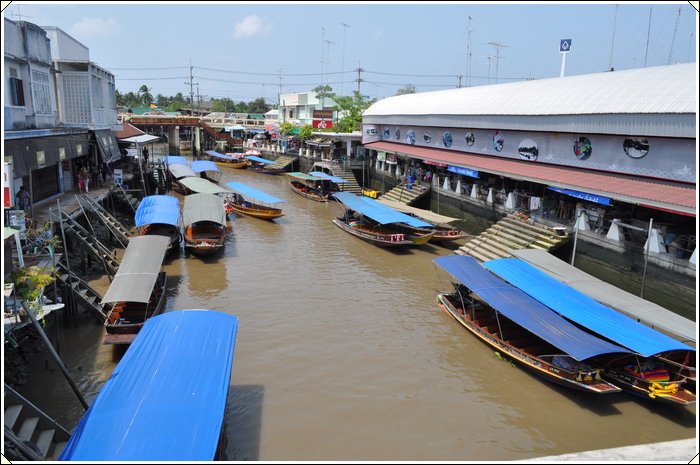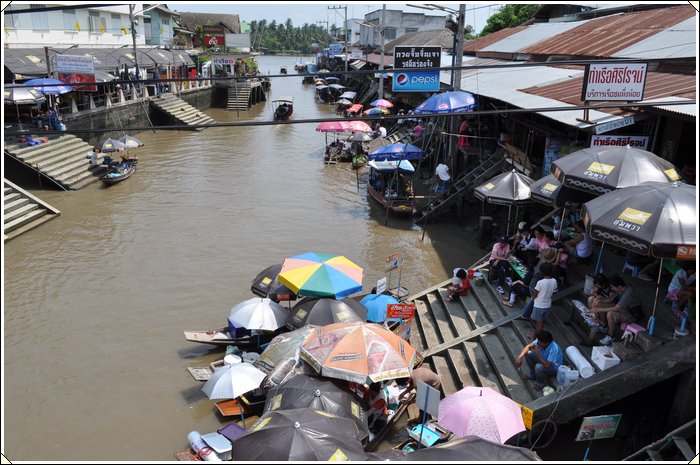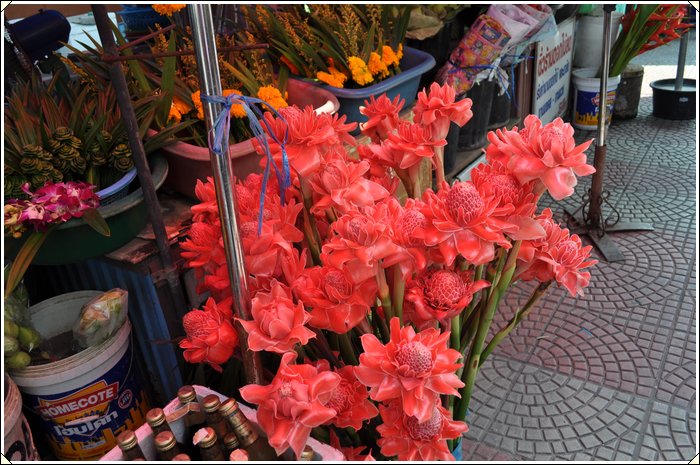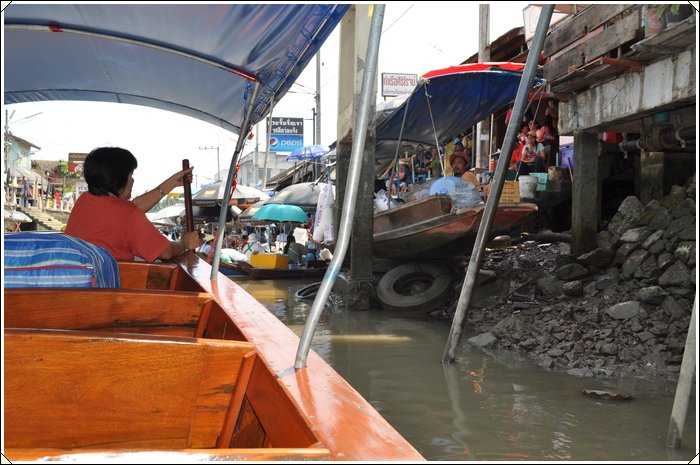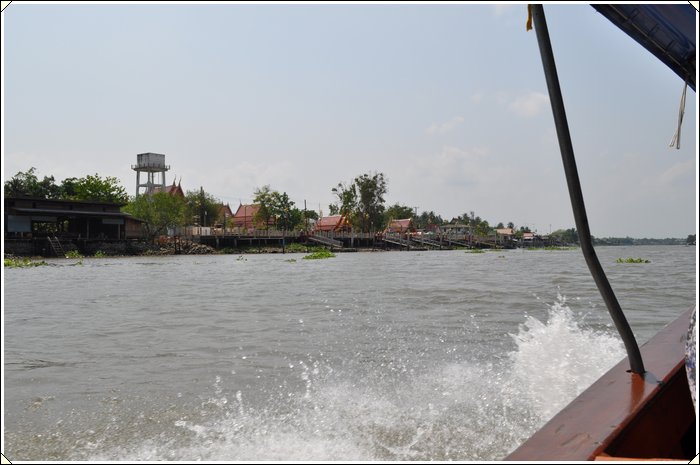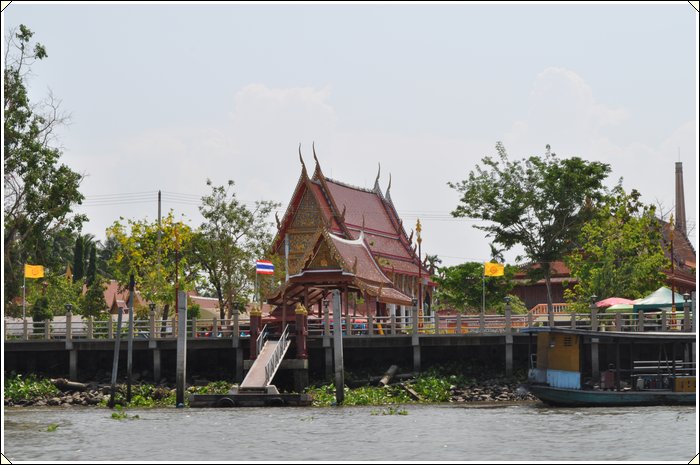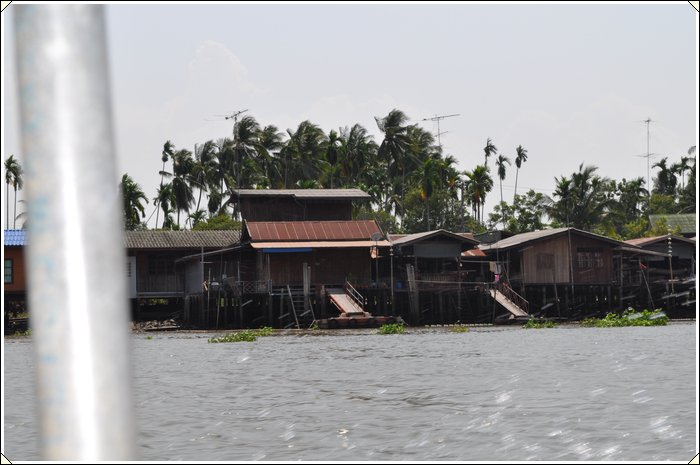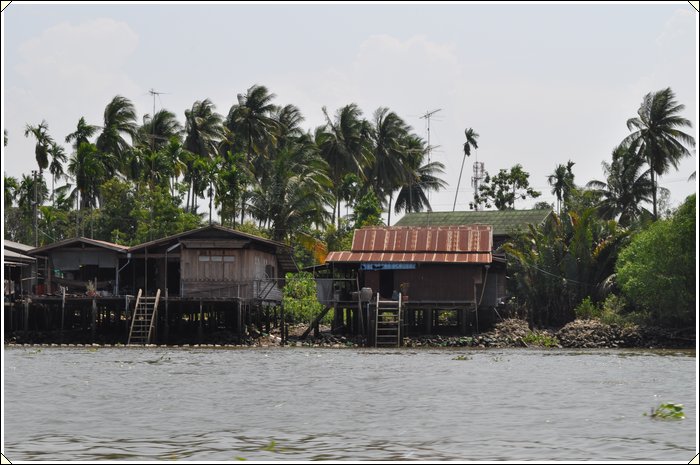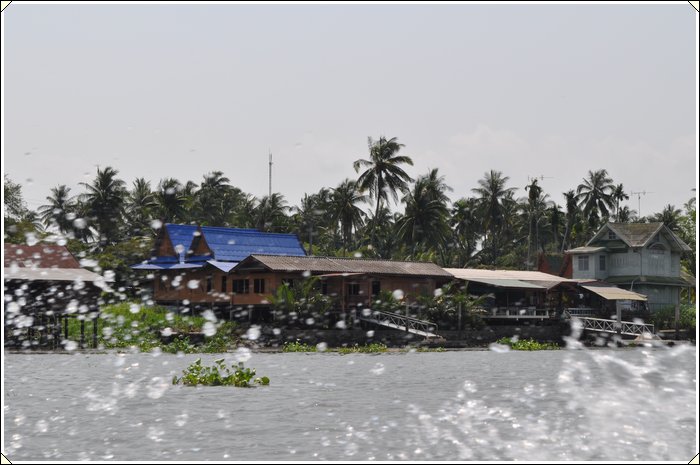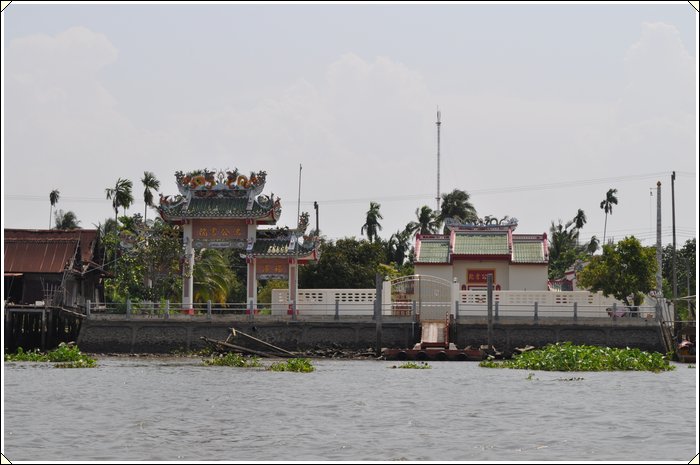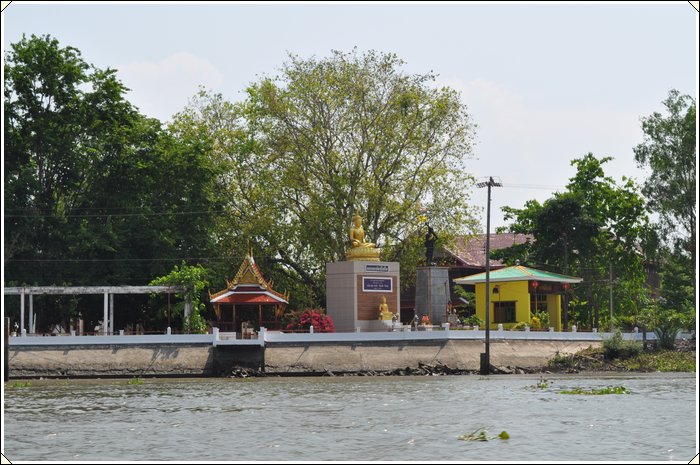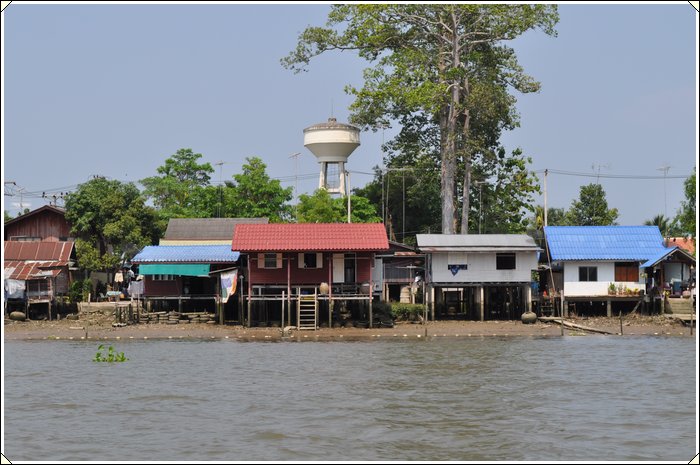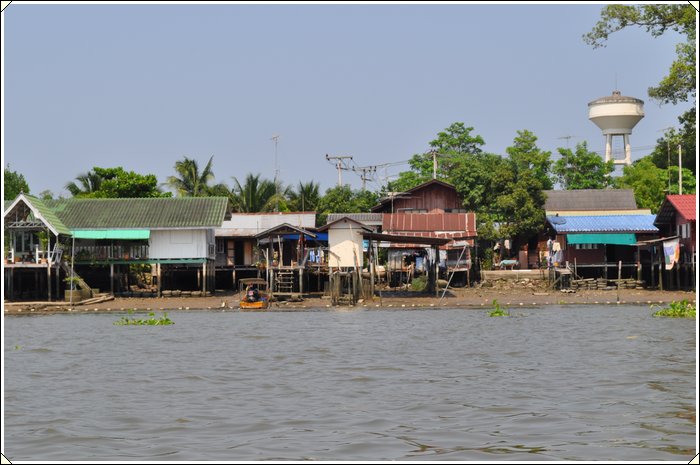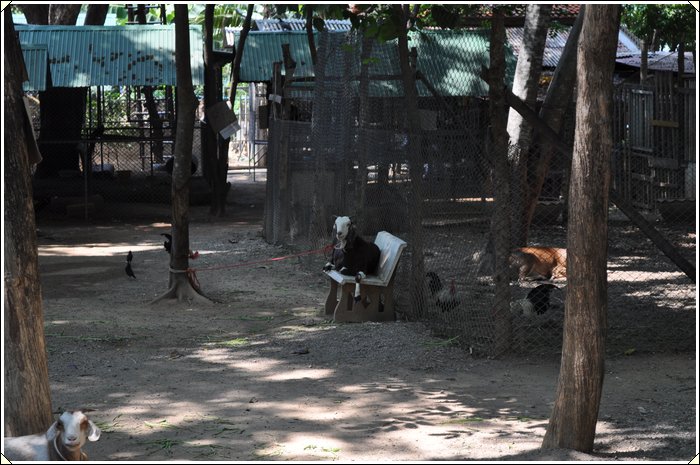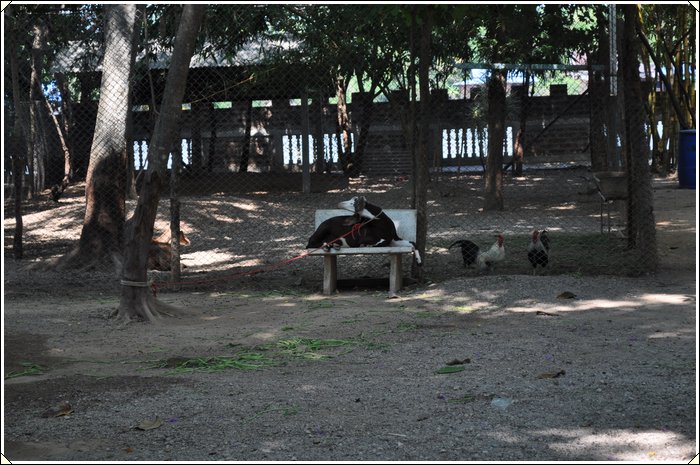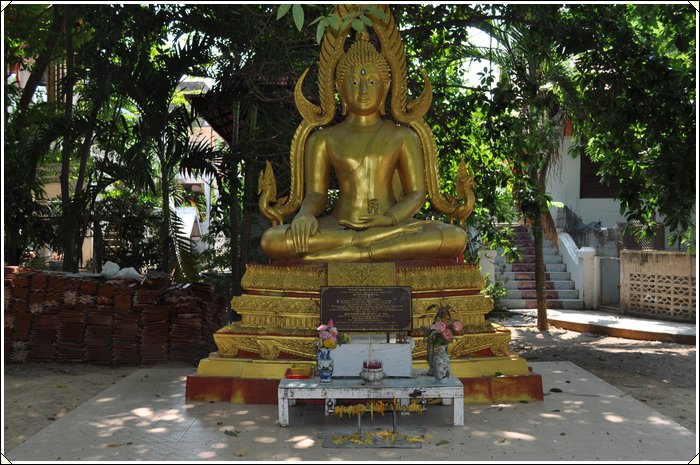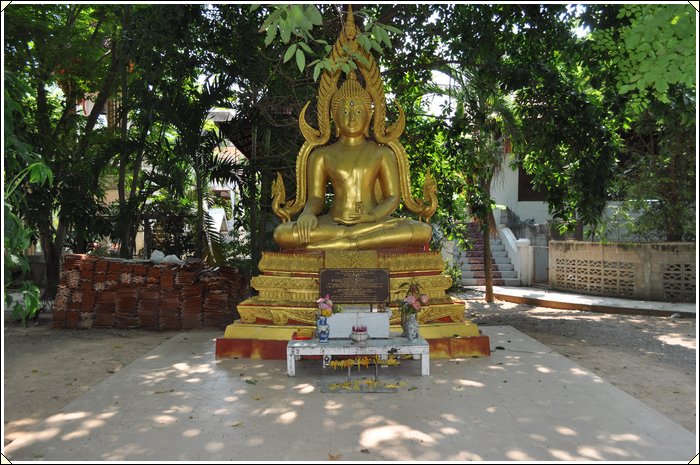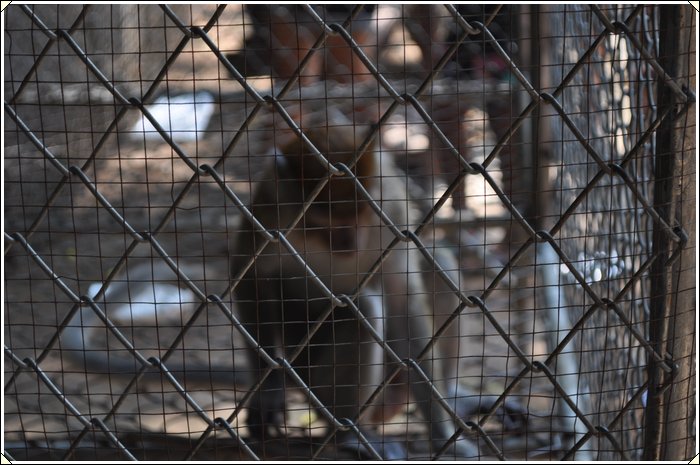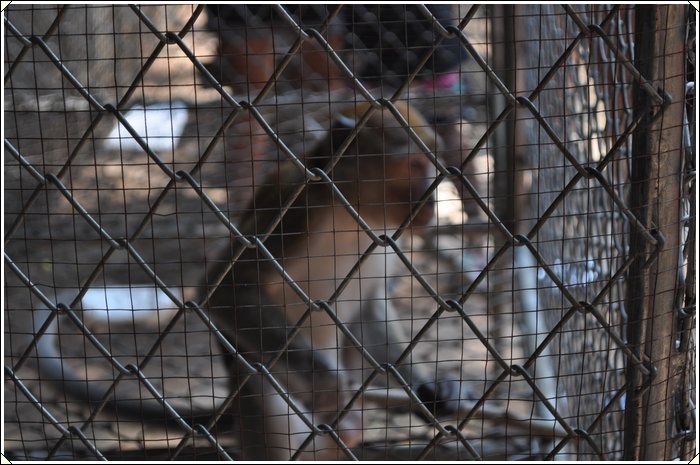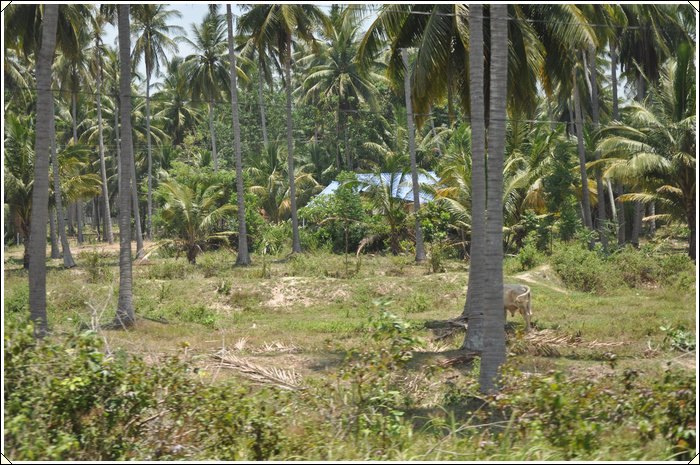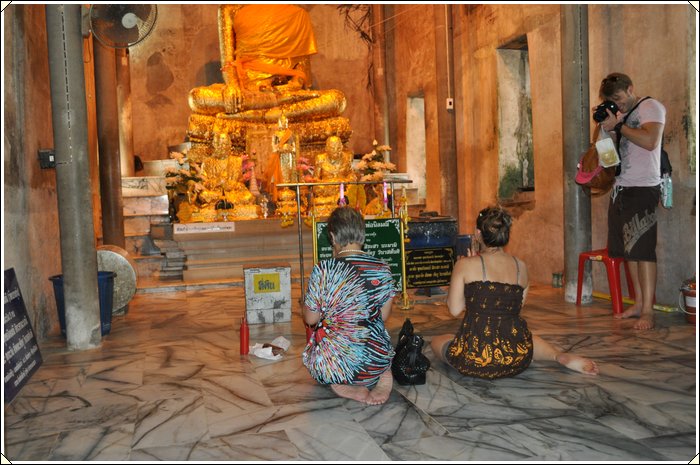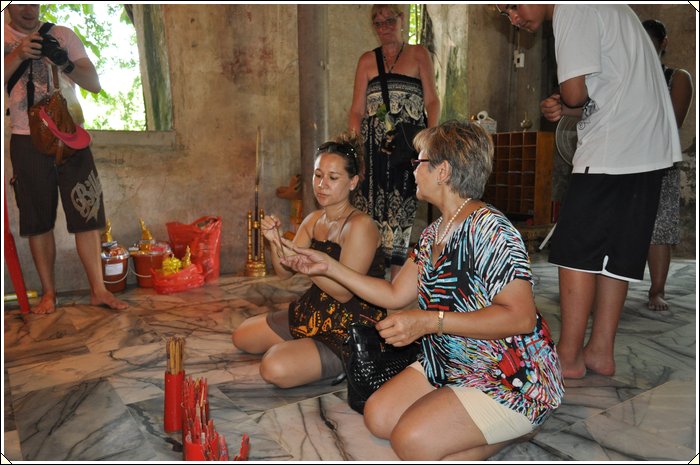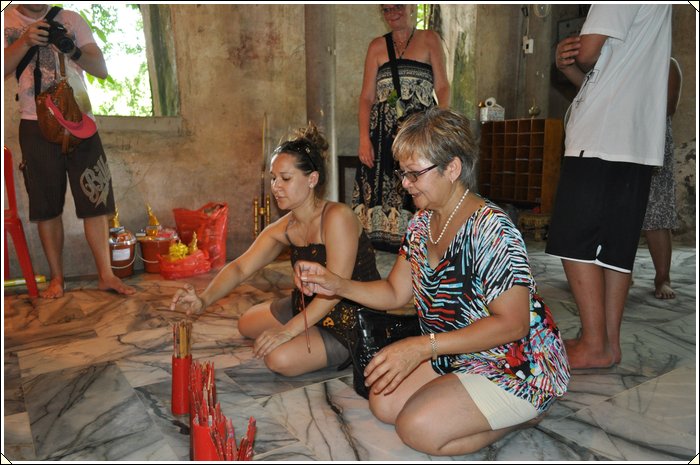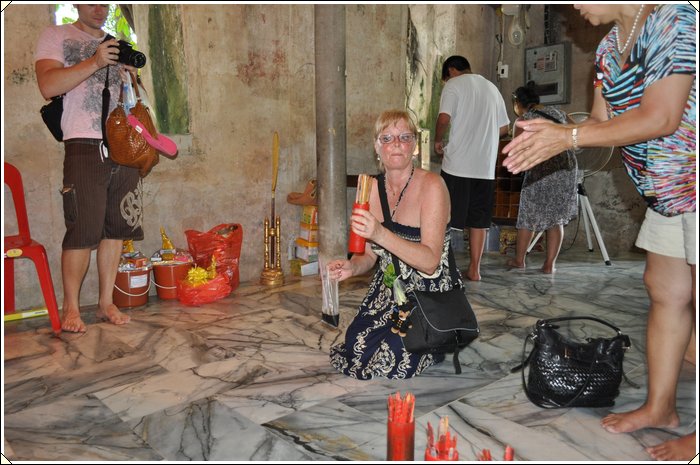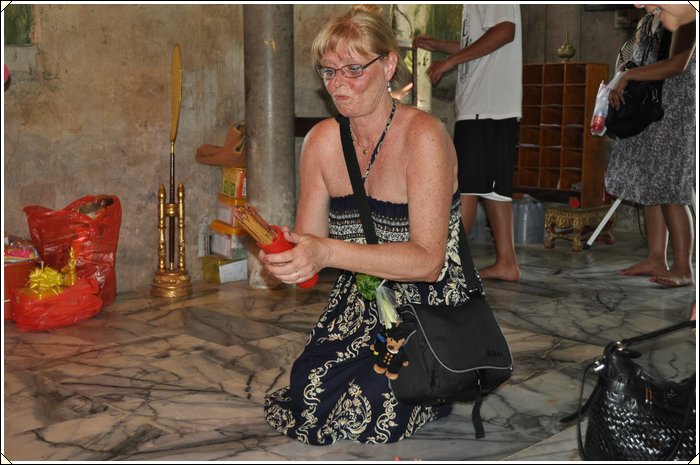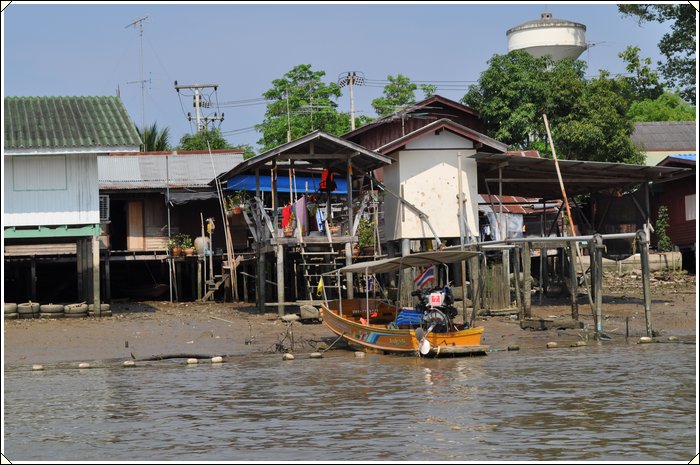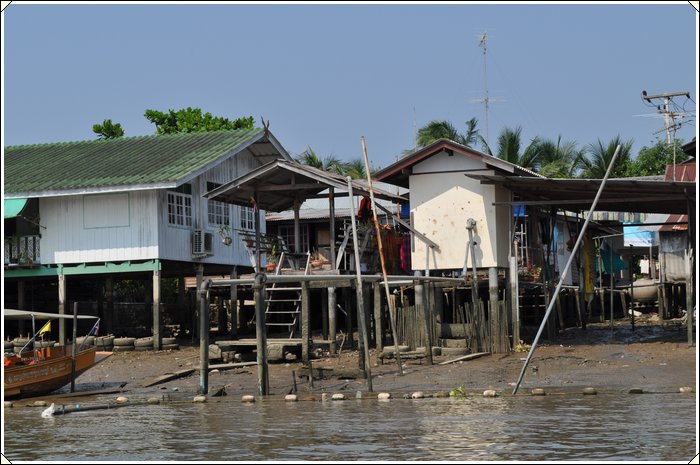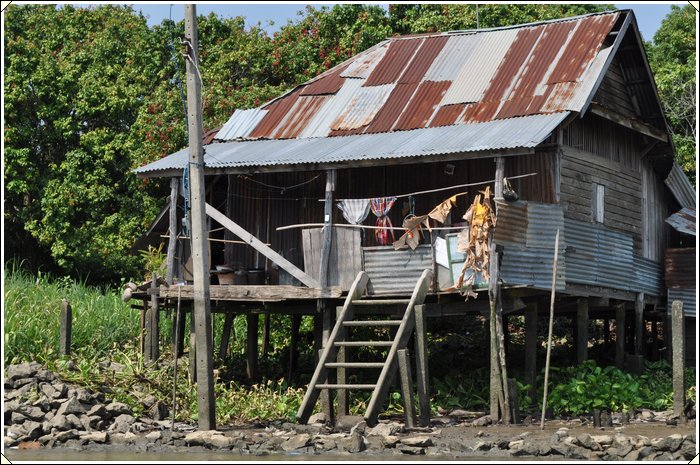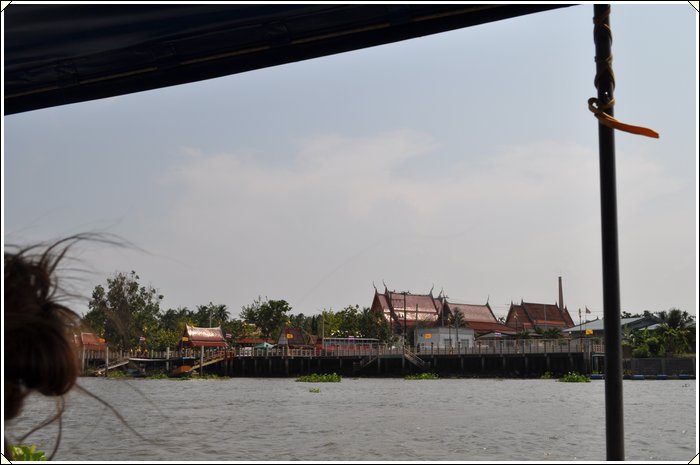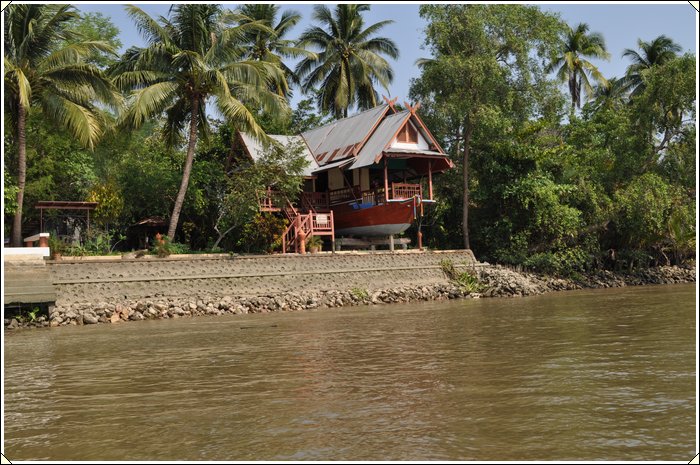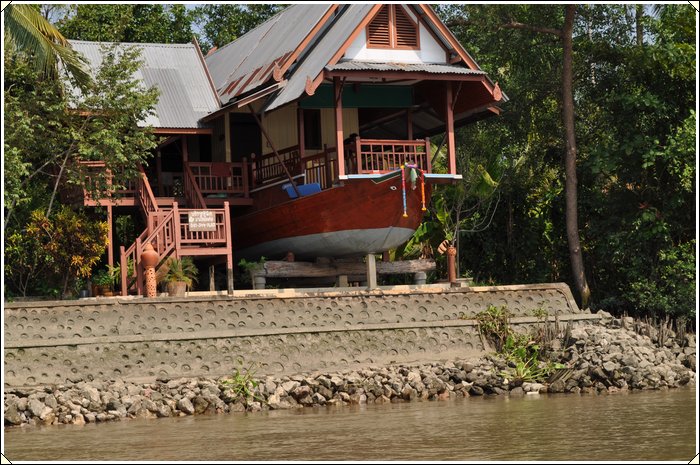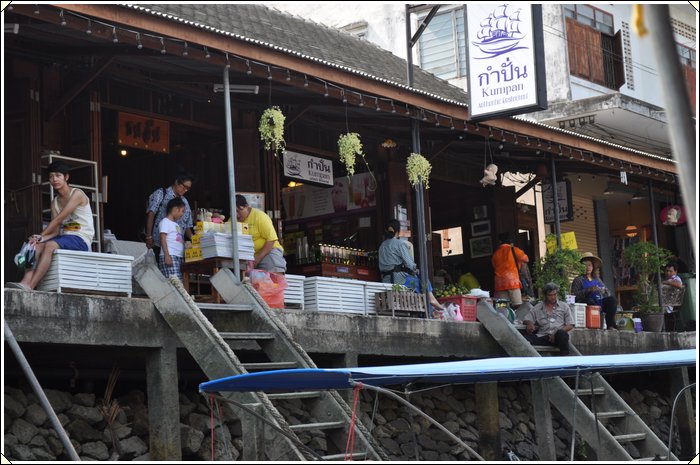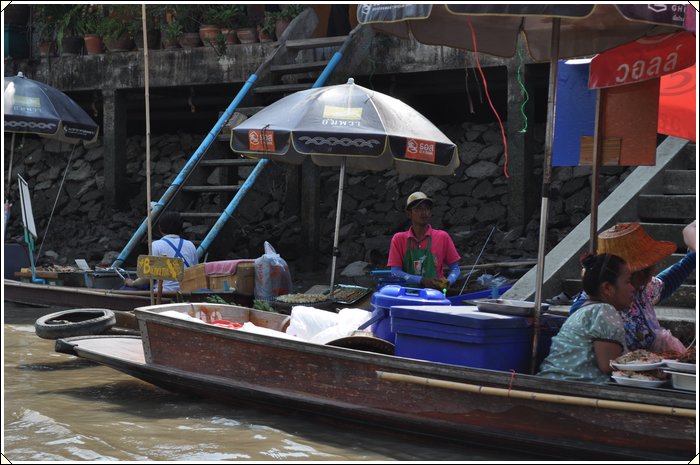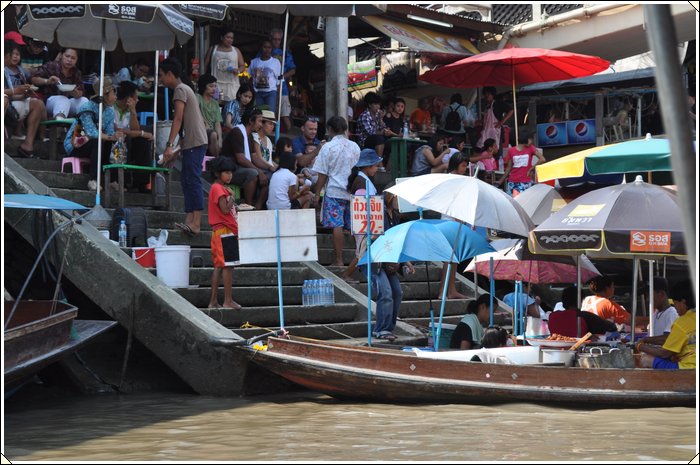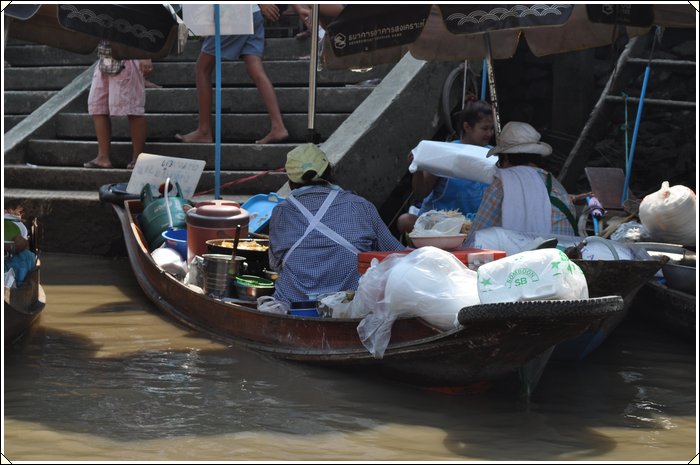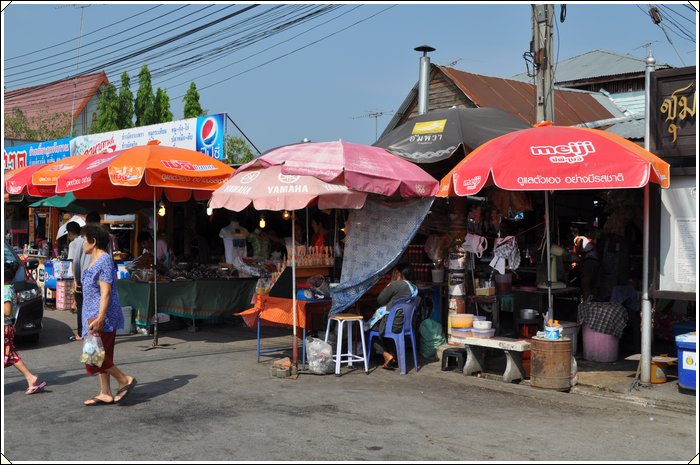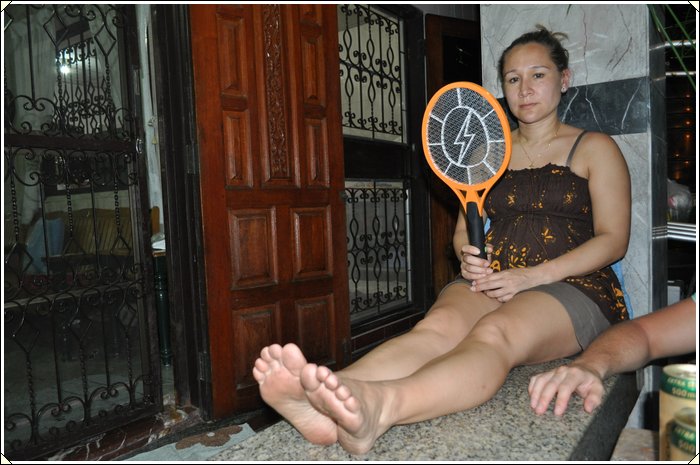|
Klar til afgang tidligt om morgenen
Bob - vores chauffør de næste mange dage er ved at pakke bilen
Lige tid til en cigaret til kaffen før afgang
Stop ved Hua Hin og stranden ved kongens sommerresidens
Et yndet turistmål
Med de vanlige boder og masser af scootere
Nu er vi ude på selve stranden
Lækker sandstrand og dybblåt vand
som selvfølgelig skal afprøves - DET ER VARMT, som i et badekar !
Bangkoks skyskrabere skimtes i baggrunden
Stranden er kantet med kokospalmer
Tilbage gennem trængslen ved boderne
Cider skal lige købe sig en solhat, medens alle hjælper
Nu er vi fremme ved hotellet i Ao Manao
Det ser da fint ud - vi skal bo på egne hotelværelser, medens resten bor i
en lille lejlighed
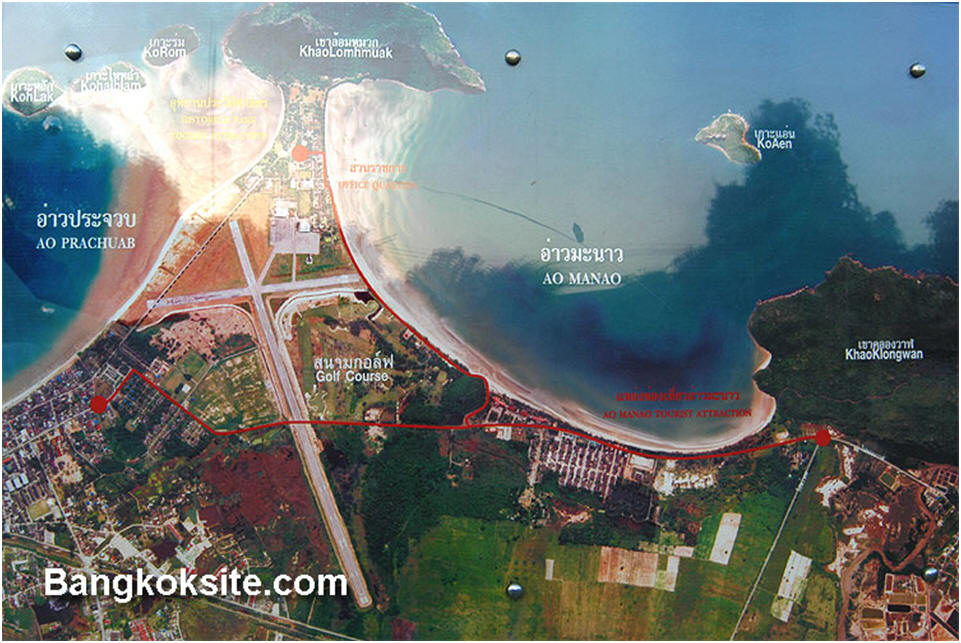
Hotellet ligger helt ud til
vandet. Området tilhører luftvåbenet, og det er soldater der holder vagt ved
indkørslen til området, der, som det kan ses, har egen landingsbane
Uvist hvad der står på dette skilt - der er ingen engelske oversættelser,
for området benyttes primært af thailændinge
og det er vi jo godt tilfreds med
Billeder fra stranden
og den første badetur
det er børnevenligt og lavvandet, så man skal temmelig langt ud for at kunne
svømme
Op til hotellet,
for vi skal ud at køre igen
Billeder taget ud af vinduet fra bussen
Hov - to aber vandrer af sted på ledningerne
Vi befinder os stadig indenfor området
Masser af små fiskerbåde på vandet
og udstillede fly
Nu er vi forbi vagten og er på vej til Khao Chong Krachok, Prachuap Khiri
Khan
Khao Chong Krachok
- også kaldet Mirror Mountain Temple. Fra foden af bjerget til
templet er der 396 trin. Fra toppen er der en pragtfuld udsigt. Står man et
bestem sted oppe på bjerget ligner de to bugter Ao Manao og Ao Prachuab et
spejlbillede af hinanden - derfor navnet på templet.
Her starter bjerget
og trappen op
men først skal vi passere de utallige aber, der holder til ved foden af
bjerget
De kravler op af Jean fordi han har mad til dem
Han synes det var sjovt
Se bare
Nå men vi starter opstigningen
med flere hvil i varmen ( lader selvfølgelig bare som om jeg stopper for at
tage billeder )
Videre !
Videre !
Sidste etape - Bjørn og Jean løber om kap for at nå toppen
... men Jean snubler ( indrømmer han ikke kunne mere )
og Bjørn vinder !
Nu er alle nået helt på til templet
Sikke et syn, til alle sider
Michelle præsenterer beviset på vor "bjergbestigning"
Thailænderne siger selv, at man har ikke været i Ao Manao hvis man ikke har
været oppe til templet hér
Toppen af templet neden for bjerget
Noget nyere
Vi kører igen i bussen
en tur ud til havnen, hvor alle de små fiskerbåde lægger til
Khao Chong Krachok kan ses i baggrunden
Dee taler med en af de lokale fiskere
Indkørslen til en god restaurant, som vi har fået anbefalet af Nonglaks bror
Første, men ikke sidste, gang vi får is i vores øl
Sædvanlige plasticstole og neonrør, men maden var perfekt
Næste morgen
Billeder fra balkonen
Morgenmaden spises i restauranten, vi betaler med billetter
Så ud og at køre igen

I dag skal vi
en tur til den burmesiske grænse. Der er en masse handlende fra
Burma, som sælger deres varer endnu billigere end i Thailand.
Lige her hvor vi
opholder os, er landet ganske smalt, og der er ikke langt til
grænsen ( se pilen )
Kokospalmer alle vegne - og ind
imellem går der kvæg på græs
Huai Yang National Park
Det er gratis at besøge Huai Yang National Park. Hvis man
ankommer i bil til parken koster det 30 baht for bilen og 20 baht for
hver Thai person. For udlændinge er prisen 50 baht pr. person,
men hvis man har Thai kørekort, kan man forhandle om prisen. Man
skal huske at spørge høfligt.
Huai Yang vandfald
Vi er gået opad gennem regnskoven og følger vandfaldet
Der er både store og små fisk i vandet. De små fisk kommer hen og nipper i
tæerne.
Nonglak og Ian´s bror følger med på mobilen, og har anbefalet denne
restaurant.
Her fik jeg østersomelet for første gang
.. og øl med is
Bjørn er helt vild med denne salat med vandspinat, på engelsk: "Morning
Glory" eller thai: "Pak Boong"
det er nu blevet mørkt og alle fiskerbådene ligger derude med lys på
Denne hund lå lige og sov på stranden
Desserten hentes lige i byen: Pandekager med kandiseret mælk
Tilbage ved hotellet får vi kaffe ved vandet
Sidder på rad og række. En hyggestund før alle går i seng
Næste morgen var vi ude og sejle til en ø, hvor vi kunne svømme og snorkle
ved et rev
Vi larmer af sted i den lille gamle båd med "piskeris-motor"
Den er tætnet med stofrester
og presningen sidder fast på denne rustne jernkonstruktion
Det hindrer dog ingen i at nyde turen
Bortset fra at der er så lavt til loftet, så vi skal sidde med hovedet bøjet
medens frugt og andre delikatesser uddeles
Vi benytter jo enhver situation til at spise
Vi er ved øen, men båden kan ikke komme ind over revet p.g.a. ebbe
Så vi hopper fra båden - det er let
Det var straks sværere at komme op igen, men svømmeturene var pragtfulde, og
vi var land tid ude ved øen
Aftenen er faldet på og vi er tilbage ved Amanau
Lige tid til en aftendukkert
Træerne ved stranden
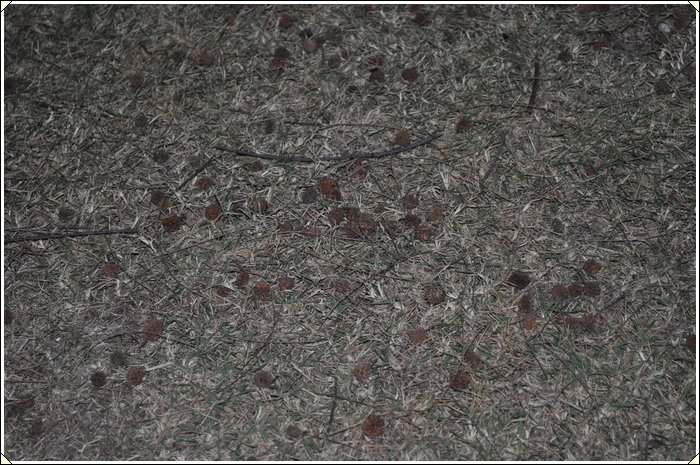
smider disse kogler, som man ikke
skal gå på med bare tæer
Svømmeturen er forbi
Vi mødes lige til kaffe og de traditionelle pandekager
Bjørn har fået rigtig meget sol i dag
pas på kokosnødderne
Tid at finde sengen - vi er dødtrætte efter en dag på søen med brændende sol
Nu går turen tilbage til Bangkok
Dejlig ferie hér i Amanau
Stopper op p.g.a. en abekoloni
Tørstige ?
De er vidunderlige disse aber
Er de ikke skønne ?
Kaldes dusky leaf monkey ( mørk blad-abe ), spectacled langur,
or spectacled leaf monkey ( mørk, blad-brille-abe). Latinsk navn =Trachypithecus
obscurus
De er ret sjældne findes i Thailand, Malaysia og Burma
Ungerne er rødhårede !
De lever i regnskove i grupper af 15-20 stk
Foreløbig kun billeder ag hunner med børn
Hér er han: Han-aben, der leder haremmet, faderen til alle de små abeunger
Vi kører 247 km
til
Samut Songkhram
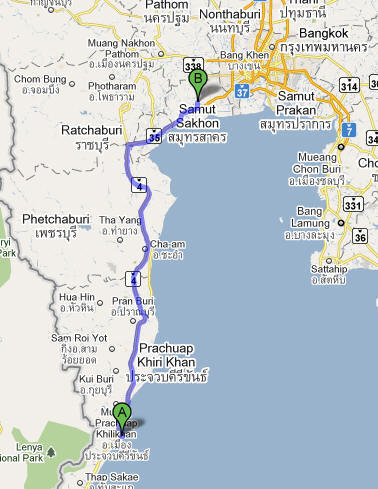
SAMUT SONGKHRAM's
ATTRACTIONSDon Hoi Lot This bar of
worm shell, a famous tourist attraction of Samut
Songkhram, is located at the mouth of the Mae Klong
River not so far from the township area. The bar located
amidst the bay can be seen during the dry season (April
and May) only. To access the bar one can hire a
longtailed boat from the Mae Klong Market Landing and
the trip takes 45 minutes.
Floating Market There are several floating
markets in the vicinity of Chagwat Samut Songkhram. A
visitor can hire a boat from Mae Klong Market Landing to
visit them.
They are :
- Bang Noi Floating Market
This floating market, located in the vicinity
of Kradang-Nga Sanitary Area of Amphoe Amphawa takes
place on the 3rd, 8th,and 13th days of both waxing
moon and waning moon from 06.00 to 11.00 hours.
- Tha Kha Floating Market
This floating market is located in the
vicinity of Tambon Tha Kha, Amphoe Amphawa and it
takes place on the 2nd, 7th, and 12th days of both
waxing and waning moon from 07.00 to 12.00 hours.
- Amphawa Floating Market In
Front Of Wat Amphawan Chetiyaram This
floating market, located in the vicinity of Tambon
Amphawa, Amphoe Amphawa, takes place everyday from
06.00 to 09.00 hours.
Wat Phet Samut Woravihara This is the biggest
monastery in Changwat Samut Songkhram and the main
attraction is the revered Buddha image named "Luang Pho
Wat Ban Laem" housed in the Ubosot.
Wat Chulamani This is an ancient monastery
located on the bank of Amphawa Canal. Behind it is an
area which, used to be the residence of Somdet Phra
Amarintharamat and Somdet Phra Suriyentharamat, the
Queens of King Rama I and King Rama II. This monastery
was constructed by Thao Kaeo Phlug (Noi), Bang chang
Market control Officer, who established the Na Bang
Chang family name during the Ayutthaya era.
Wat Amphawan Chetiyaram This is the monastery
of the family who established the Na Bang Chang family
name. It was constructed by Somdet Phra Roop Sirisophak
Mahanak Nari, the princess mother of Somdet Phra
Amarintharamat and it is believed that King Phra Phuttha
Lertla, Rama II, was born here. It is located at the
mouth of Amphawan Canal, Tambon Amphawa, Amphoe Amphawa.
King Buddhalertla Naphalai Memorial Park This
garden, occupying an area of 11 rai, is the royal place
of birth of King Phra Phuttha Lertla. There is a group
of typical Thai houses used as a museum with some shops
selling foods, local food stuffs, and handicraft items
within the compound. Trees and plants of all species
ever found in Thai literature are grown throughout the
landscape. To access the garden, one can travel by
Highway No.4 to Km.63 where one turns to enter Highway
No. 325 leading to Changwat Samut Songkhram. It is six
kilometers further on (guide signs are displayed all the
way). Alternatively, one can make a bus trip via the
Bang Mun Nag route from the bus terminal located at the
Municipality Market. The Park is open daily from 09.00
to 18.00 hours and the admission fee is 20 Baht per
person.
Wat Amphawan Chetiyaram This is the monastery
of the family who established the Na Bang Chang family
name. It was constructed by Somdet Phra Roop Sirisophak
Mahanak Nari, the princess mother of Somdet Phra
Amarintharamat and it is believed that King Phra Phuttha
Lertla, Rama II, was born here. It is located at the
mouth of Amphawan Canal, Tambon Amphawa, Amphoe Amphawa.
Wat Phummarin Kudithong This monastery is
located on the bank of Mae Klong River at the mouth of
Khlong Prachachuen (west side) in the vicinity of Tambon
Sa Luang, Amphoe Amphawa. The main attraction here is
the Kudithong which was constructed during the early era
of the first reign by millionaires of the Bang Chang
family.
Annual Lychee Fair Being a fertile province,
Samut Songkhram has many kinds of fruit including lychee.
The province conducts a fair from the end of April to
the beginning of May called "The Annual Lychee Fair"
which is also regarded as the Agricultural Day Fair of
the province. Interested persons can inquire the proper
schedule at the Sala Klang, or at TAT Bangkok.
King Rama II Memorial Park Fair The fair, held
in February every year, celebrates Thailand's "poet king"
Rama II (reign:1809-1824) with artistic, culinary,
handicraft, horticultural exhibitions and contests, and
traditional Thai musical and dramatic performances,
including dancing, puppetry and burlesque, in the
riverine park's bucolic setting
February of every year, a
fair is held at the King
Rama II Memorial Park in
Amphoe Amphawan, Samut
Songkhram. This is to
celebrate the life and work
of the poet king who reigned
from 1809–1824. King
Buddhalertla was an artist,
composer and writer and was
born in 1809 in Amphoe
Amphawa. During his reign, a
kind of renaissance took
place in Thai arts and
culture. The park was built
here in order to honour his
memory. In the grounds, you
can find a traditional Thai
style house, a large lawn
and a botanical garden that
has a copy of every plant
that has ever been mentioned
in Thai literature.
The annual
fair took place at the
weekend and we drove down
there yesterday. Samut
Songkhram isn’t really that
far from Bangkok. I suppose
it took an hour and a half
to reach the city by car.
Then Amphoe Amphawa was a
further 4 kms away. The
bilingual signposts for King
Rama II Park were very
helpful and we didn’t get
lost at all. You can reach
here by bus from the
Southern Bus Terminal or
even by train from Wong Wian
Yai. You then take local
transport to Amphawa
Floating Market. It is only
about a five minute walk
from here to the park.
King Rama II Memorial Park
Billetten
This is to celebrate the life and work of the poet king who reigned from
1809–1824. King Buddhalertla was an artist, composer and writer and was born
in 1809 in Amphoe Amphawa.
During his reign, a kind of renaissance took
place in Thai arts and culture.
The park was built here in order to honour
his memory.
In the grounds, you can find a traditional Thai style house, a
large lawn and a botanical garden that has a copy of every plant that has
ever been mentioned in Thai literature
Bagefter spiste vi medbragt frokost i skyggen ved templet - hundene fik
rester
denne rævelignende hund var meget sky og tynd, og den turde ikke spise maden
denne lå mæt og glad på maven
og rævehunden krøb sammen i gulvet
Vi bliver sat i land her og kommer ind i et mini zoo
bagved ligger
Bang Kung Camp
Bang Kung Camp is located at Mu 4, Tambon Bang Kung. When arriving at the
camp site, visitors will firstly see an imitation wall built in memory of
the battle. Here is a historic navy camp site. Following the second defeat
of the Ayutthaya kingdom in 1767, King Taksin the Great moved the naval
force to set up camp in the district of Bang Kung since Mueang Mae Klong
(the city of Mae Klong) was in the way used by the Burmese army. A wall was
built to make Wat Bang Kung be in the middle of the camp as a spirit centre
for soldiers. King Taksin the Great later commanded the Chinese from Rayong,
Chon Buri, Ratchaburi, and Kanchanaburi to form a guard unit for the camp.
The camp was, therefore, called the ‘Bang Kung Chinese Camp.’ The king named
the guards ‘Thahan Phakdi Asa’ or the ‘voluntary loyal soldiers.’ In 1768,
the Burmese king of Angwa led an army via Kanchanaburi to surround the camp.
King Taksin the Great and Phra Maha Montri (Bunma) jointly fought and
defeated the Burmese. It was the first battle against the Burmese after the
Kingdom of Thon Buri had been established by King Taksin the Great. The
victory was hailed as moral support to the Thai people while it created a
sense of fear among the Burmese army. The camp site was left deserted for
almost 200 years. In 1967, the Ministry of Education established a boy scout
camp on the site to celebrate King Taksin the Great, and also built a shrine
as a memorial to the king. The ceremony to raise the shrine was held on 20
June 1968. Within the camp compound, there is the Ubosot (ordination hall)
commonly called as ‘Bot Luangpho Dam,’ which was built in the Ayutthaya
period. The hall is wholly covered by four species of ficus plants: Pho (Bodhi),
Sai, Krai, and Krang. Therefore, it is also called ‘Bot Prok Pho’
(ordination hall covered by Bodhi trees). The monument of King Taksin the
Great is in the nearby area.
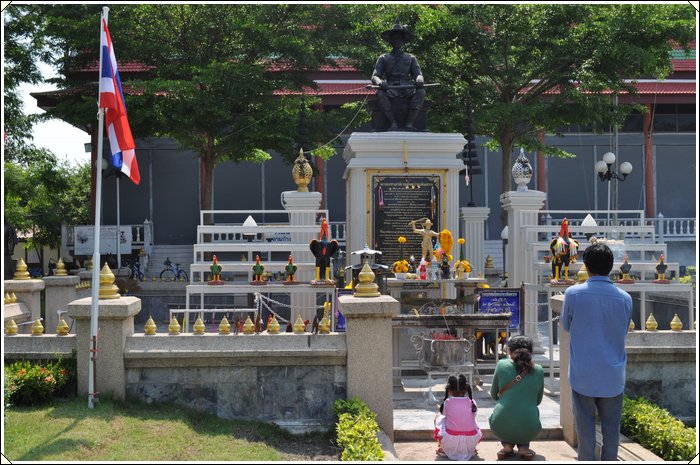 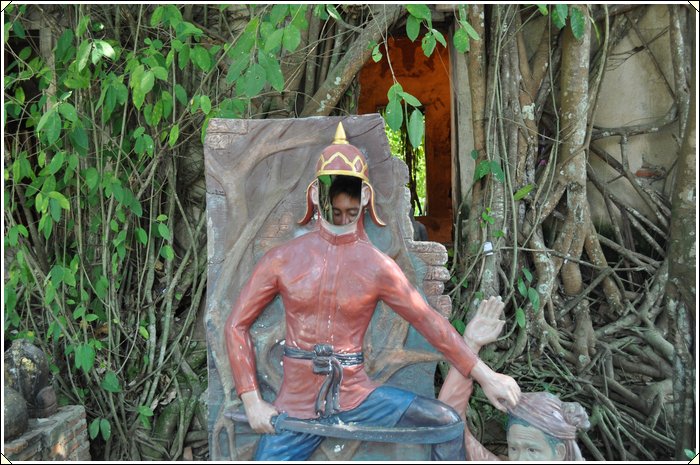 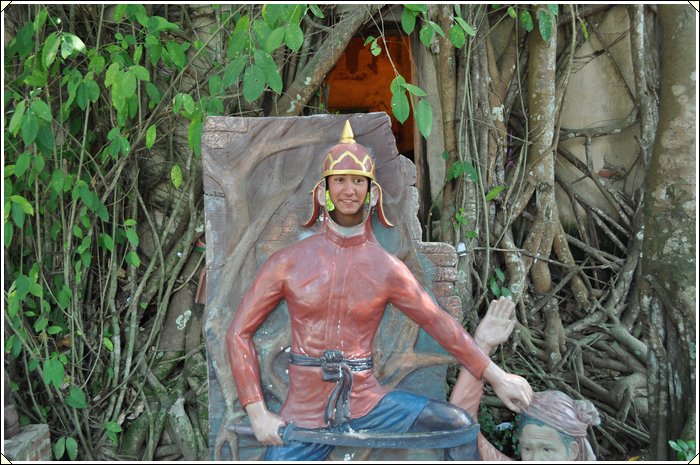 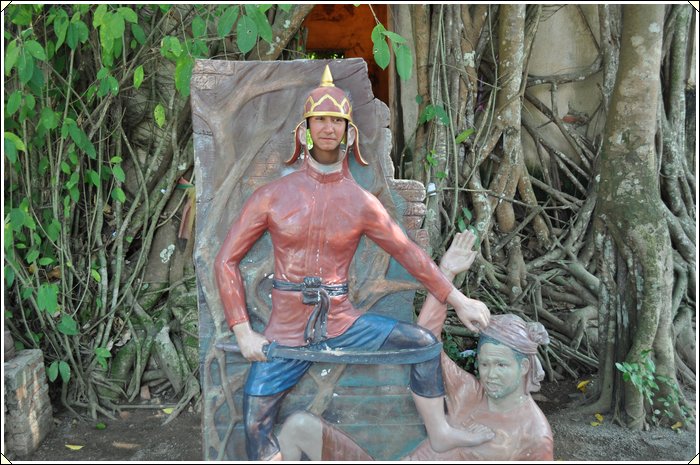 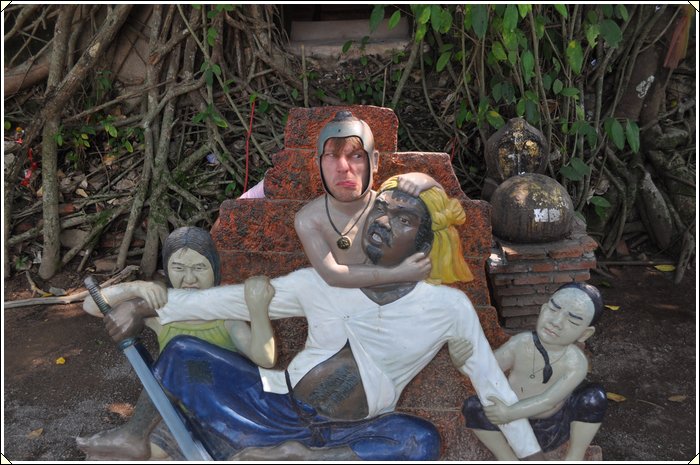 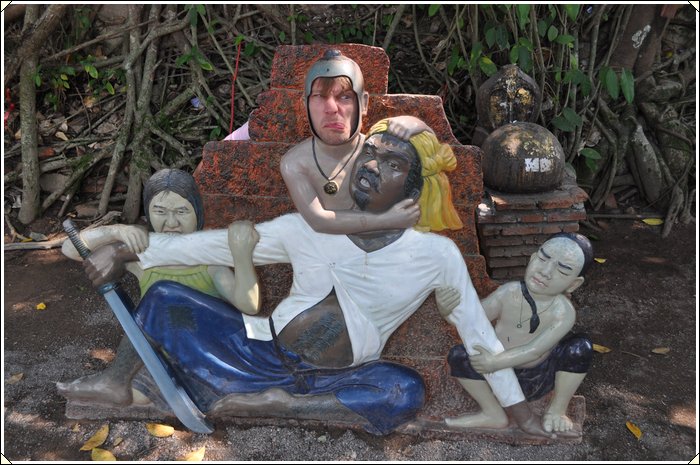 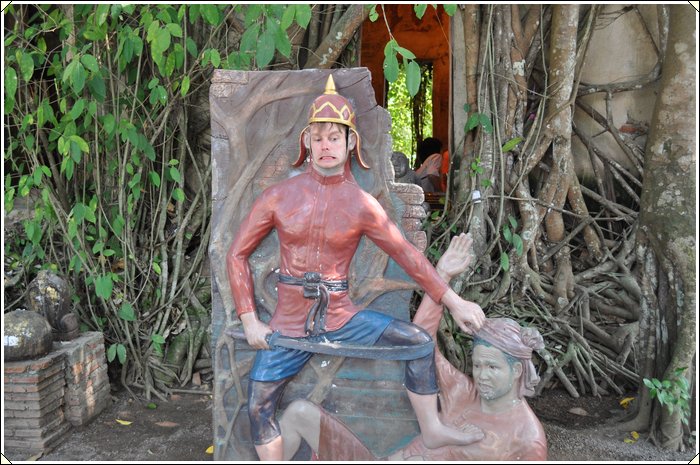 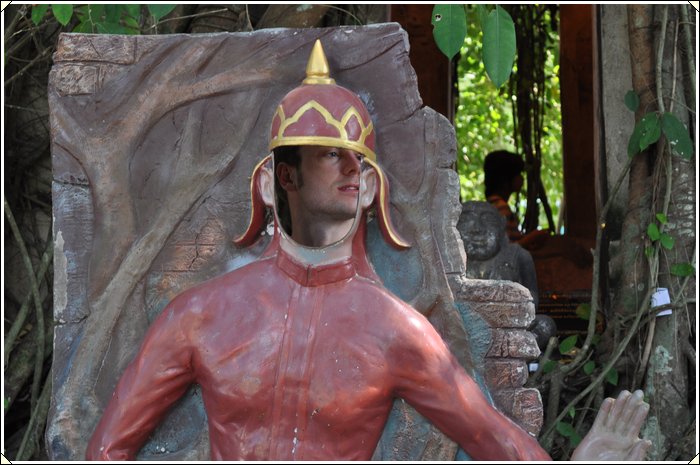  Wat Bangkung
Wat Bang Kung is from the Ayutthaya Period.
The Wat has a small chapel (Bot Prok Po) that is completely enclosed within
the roots of a
banyan tree.
Farvel til det flydende marked og
gennem det landfaste marked
Trætte vender vi tilbage til Bangkok
|























































































